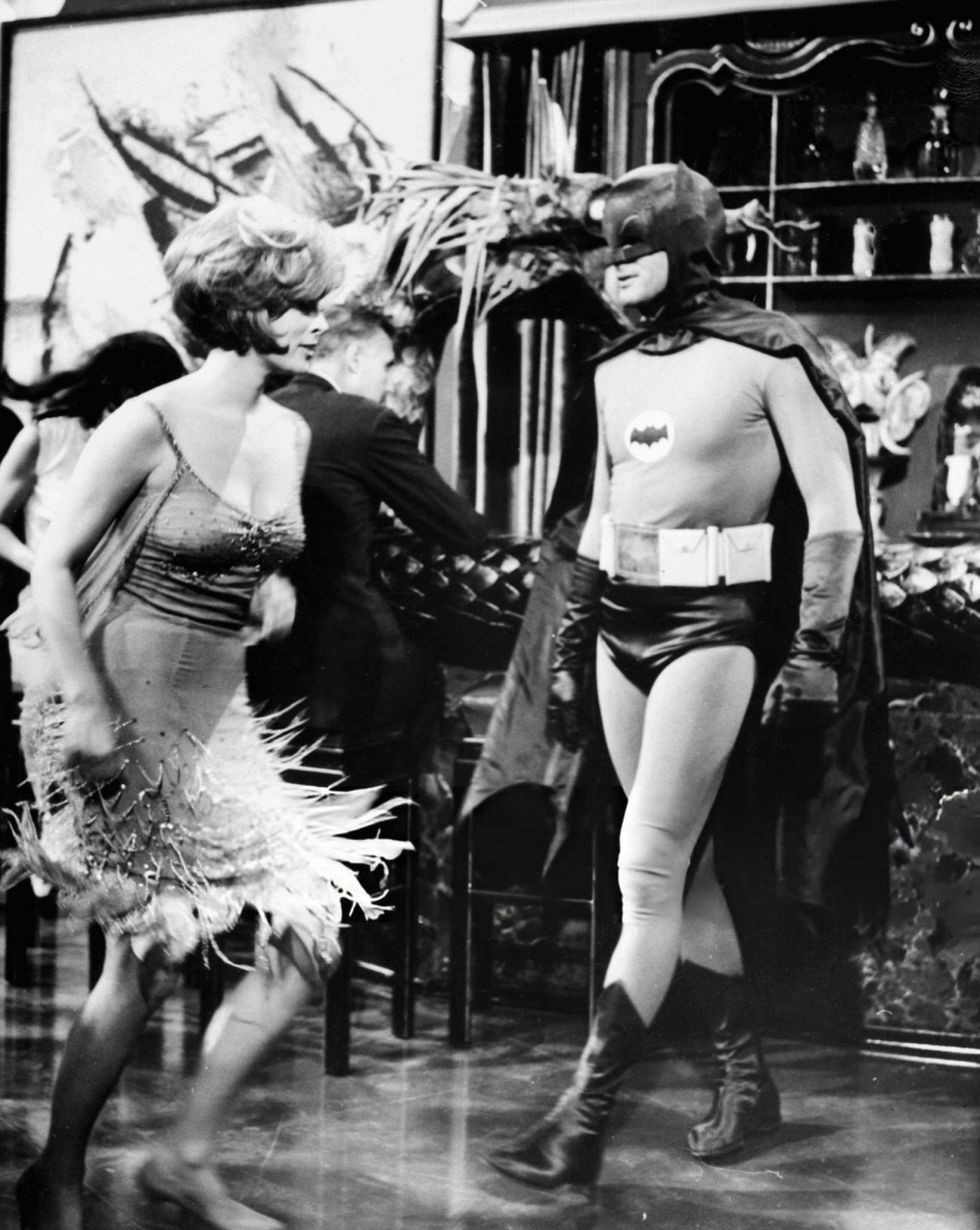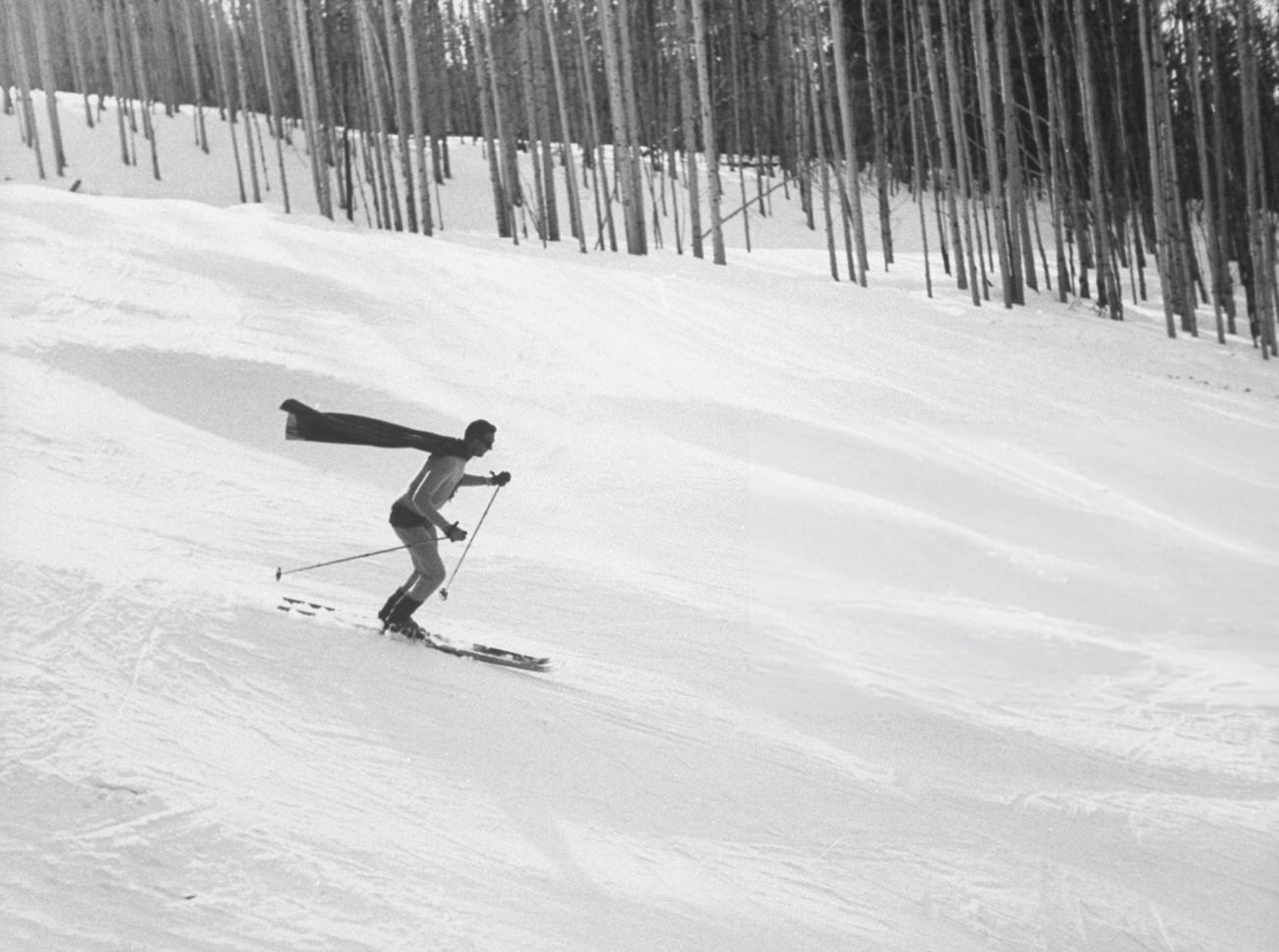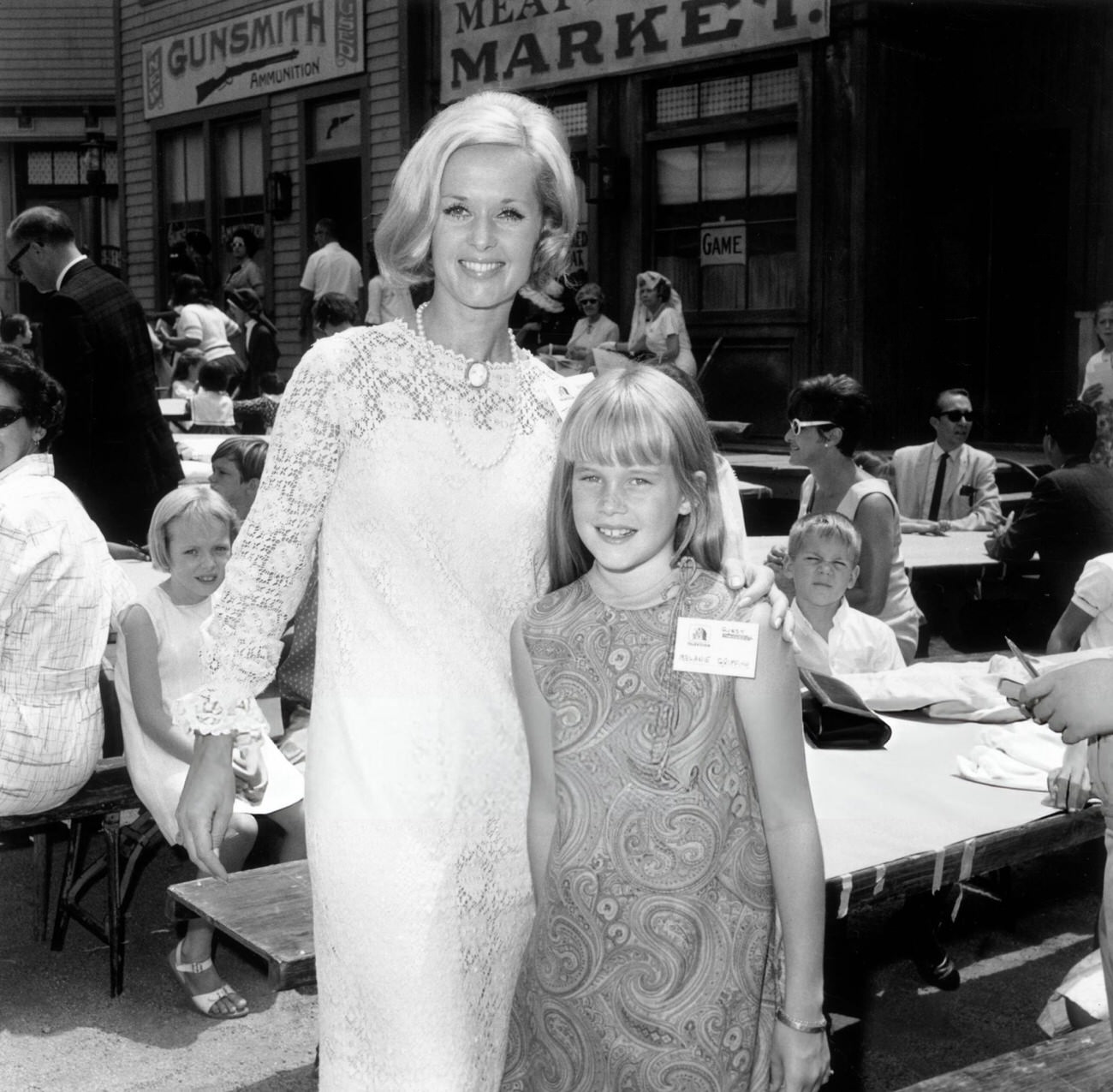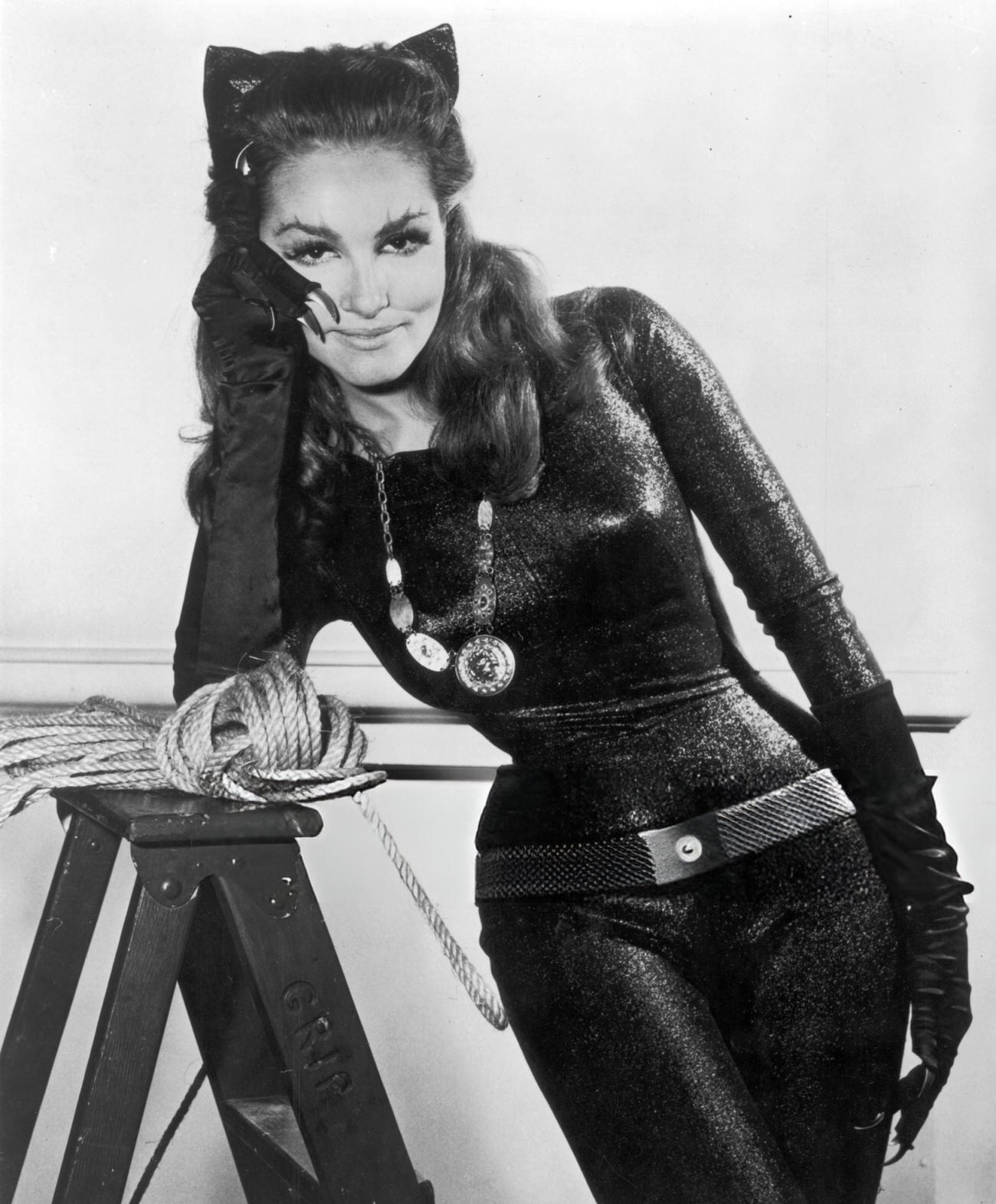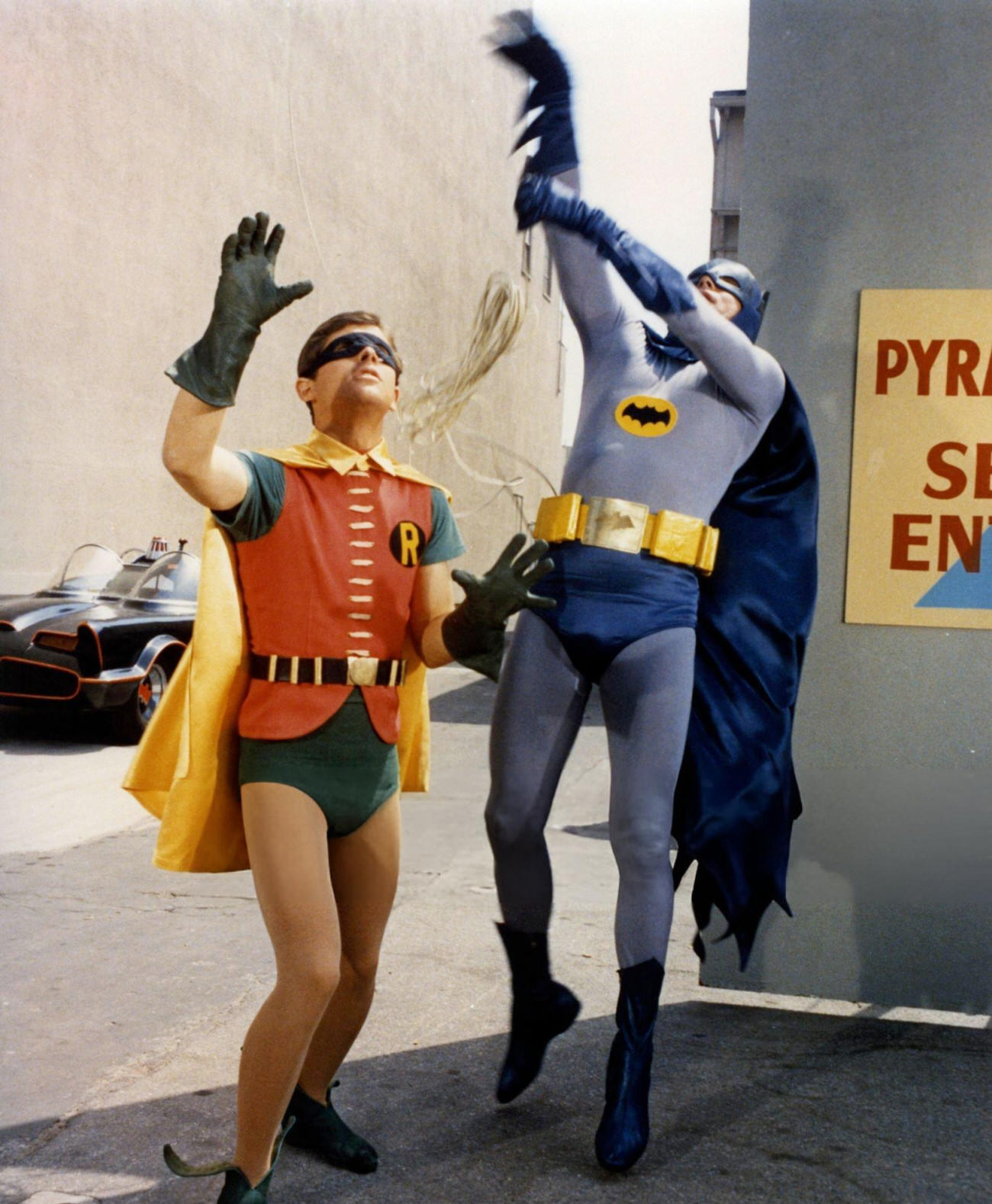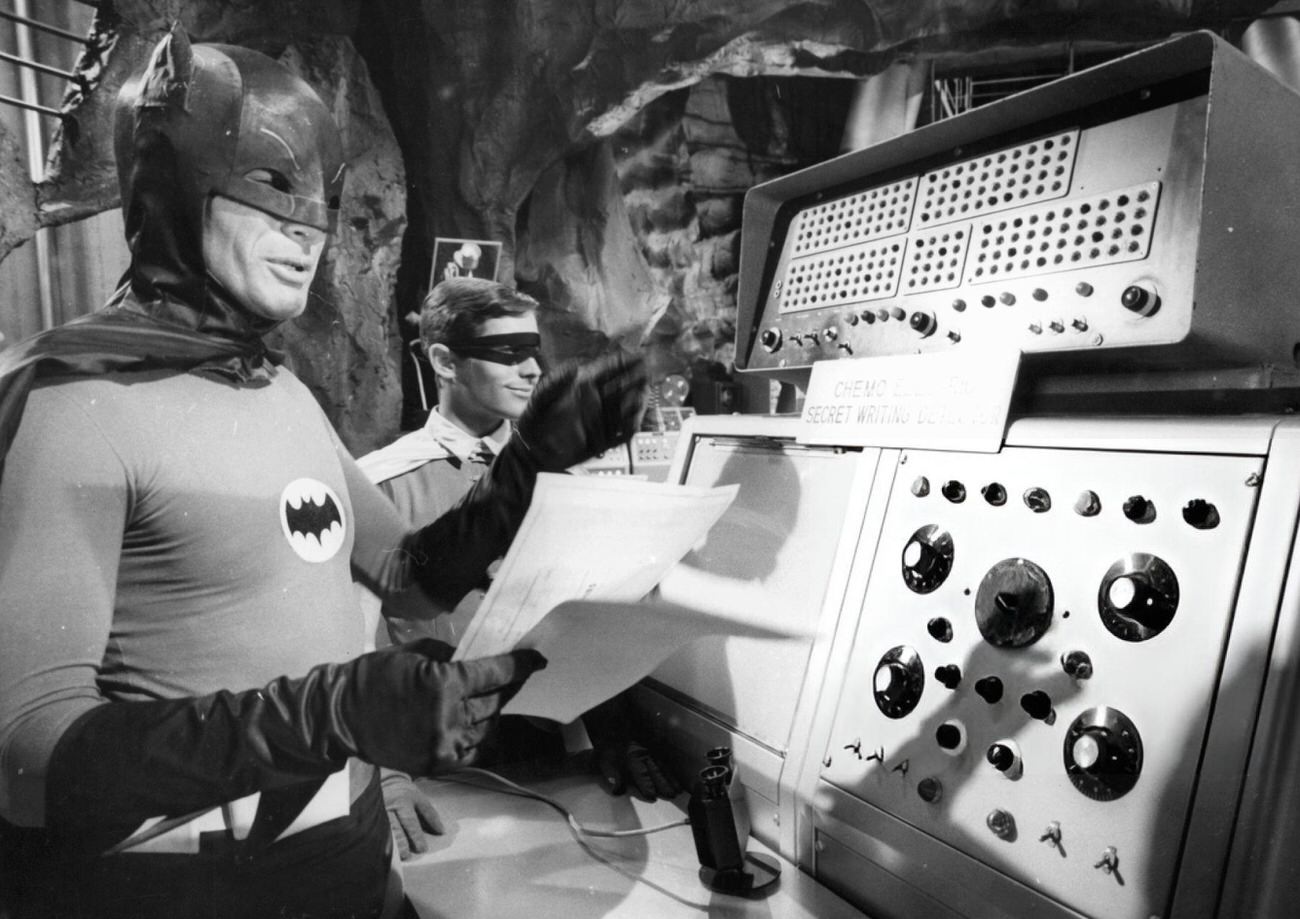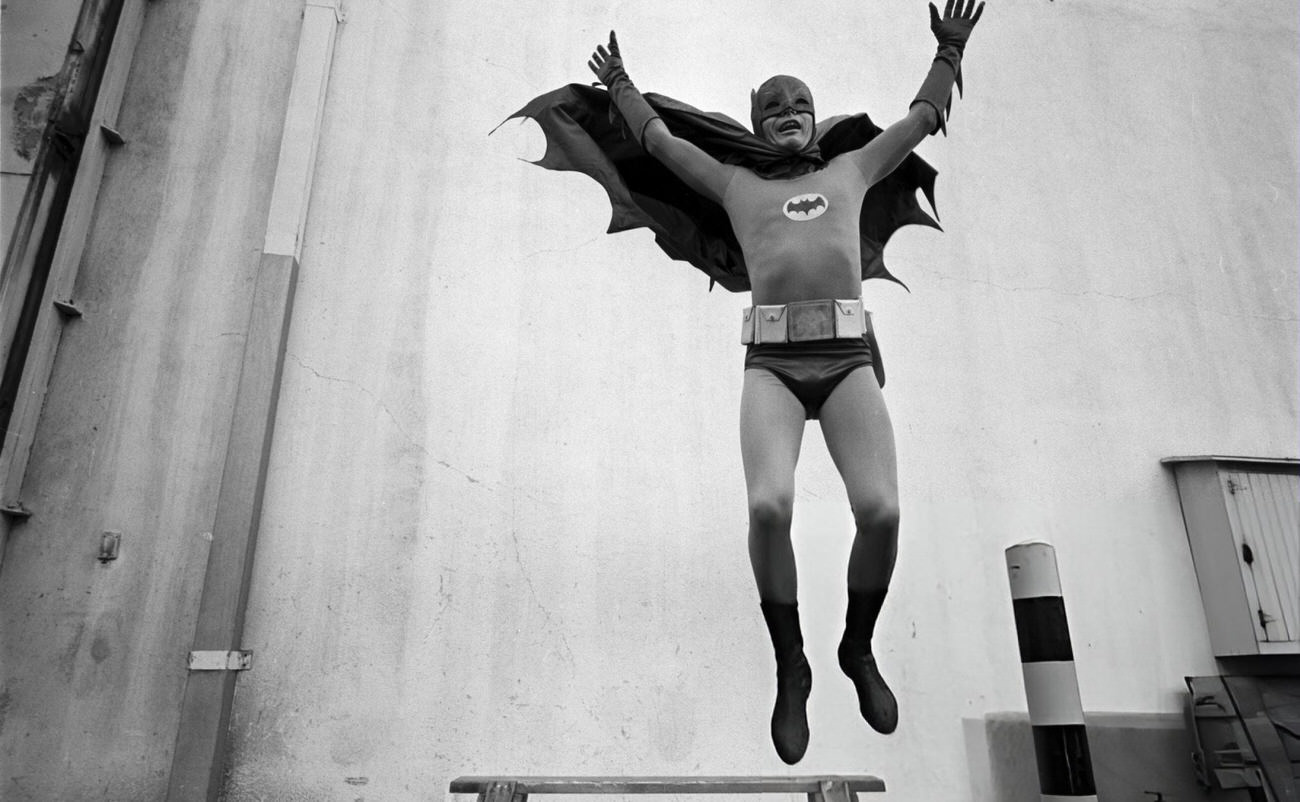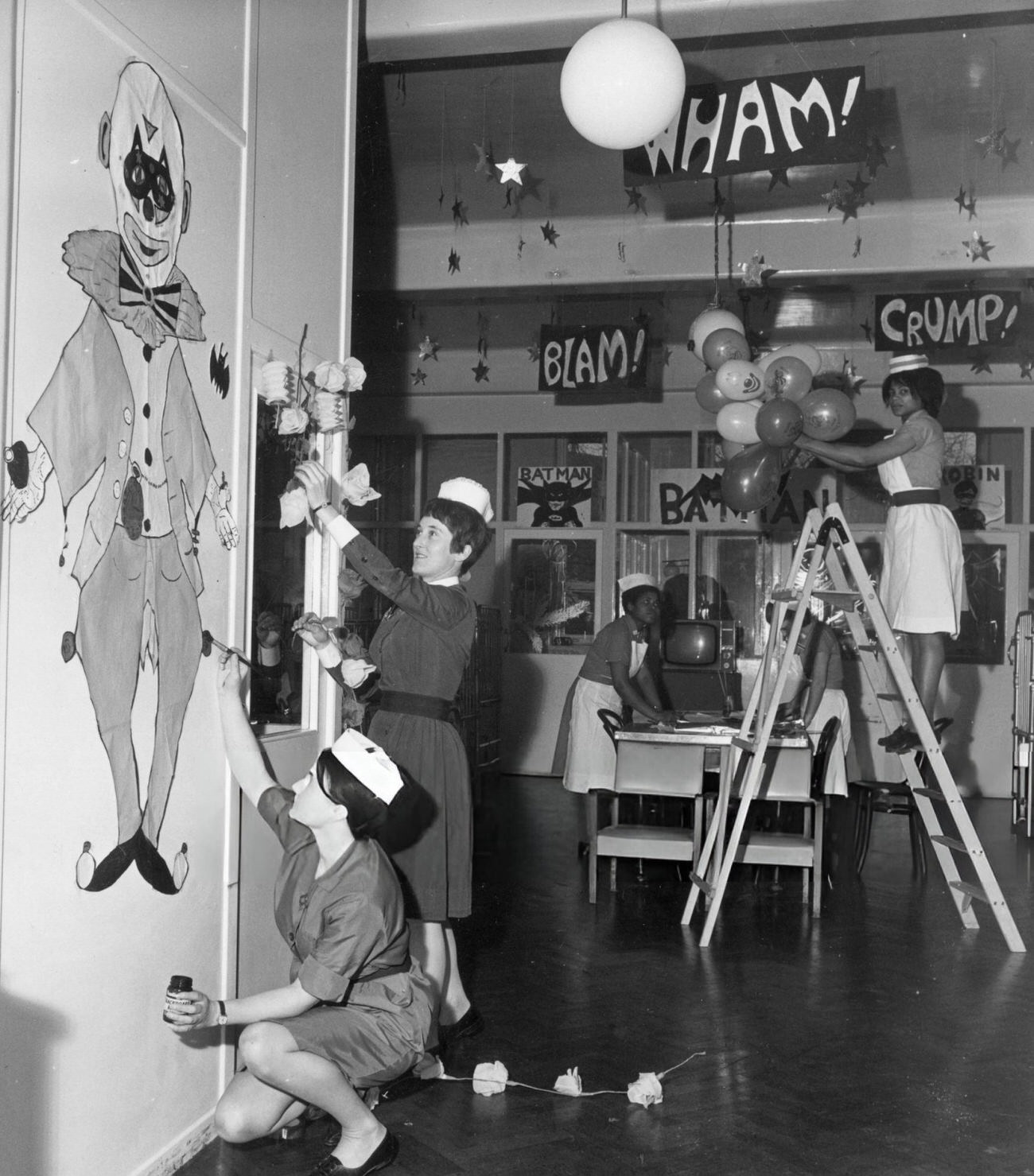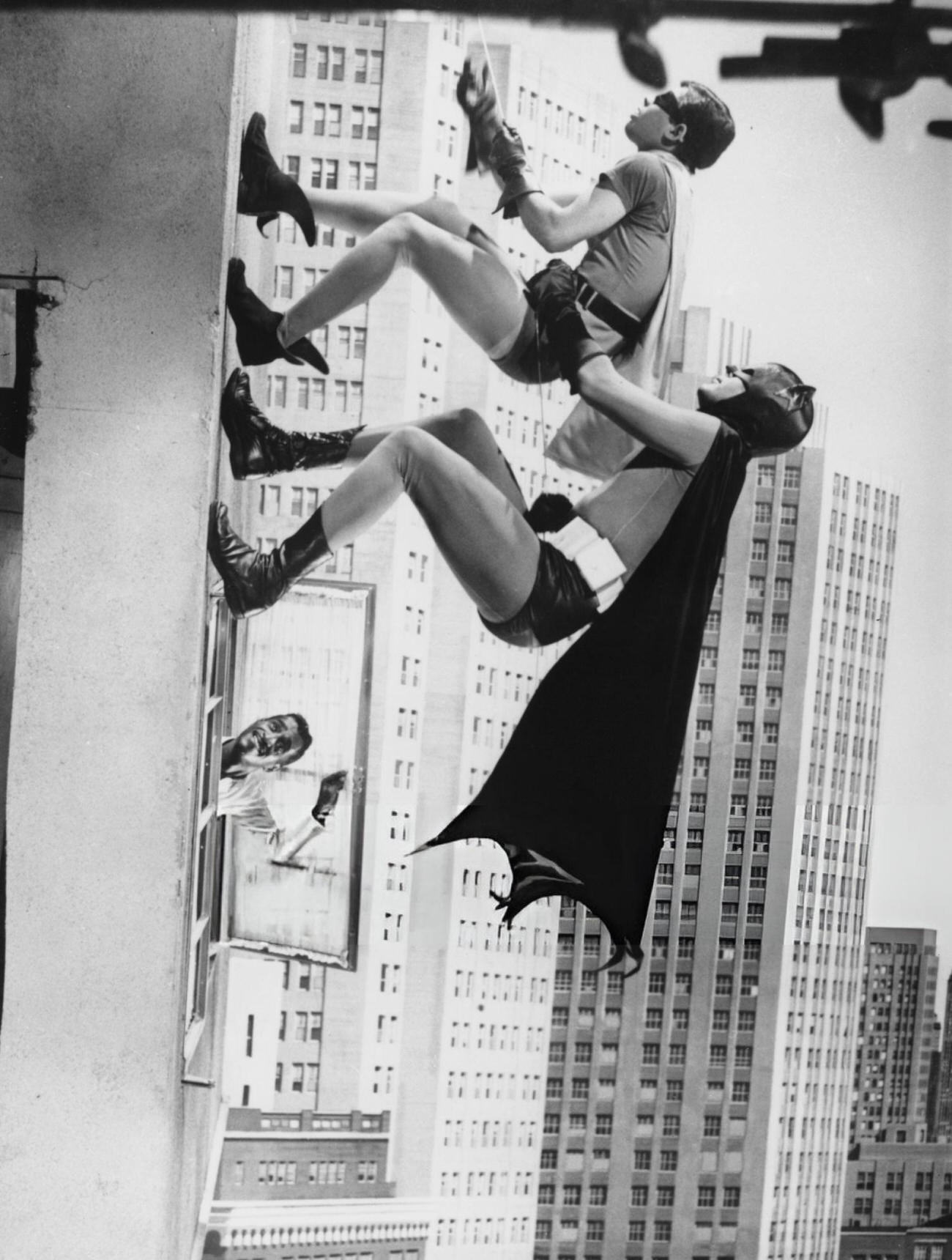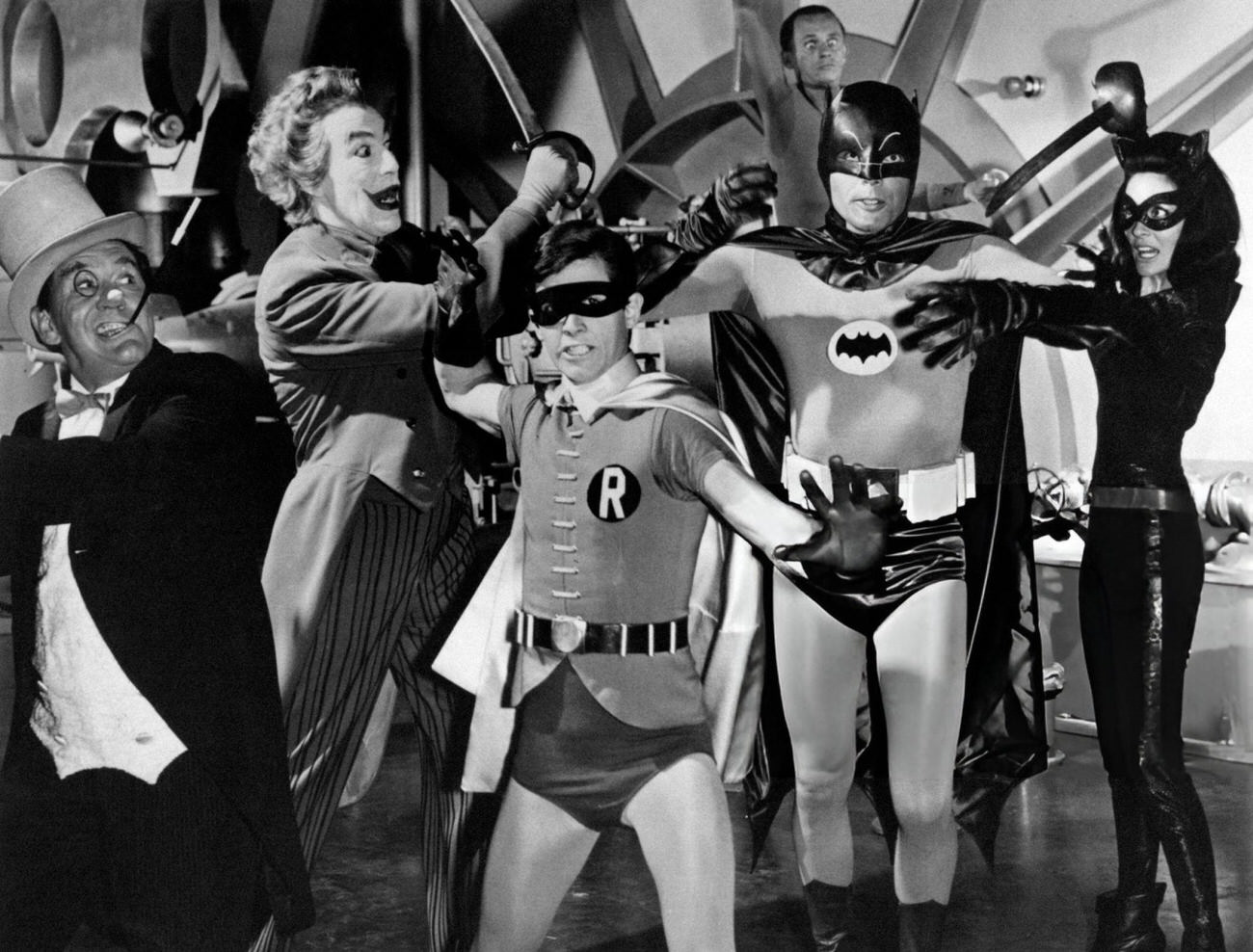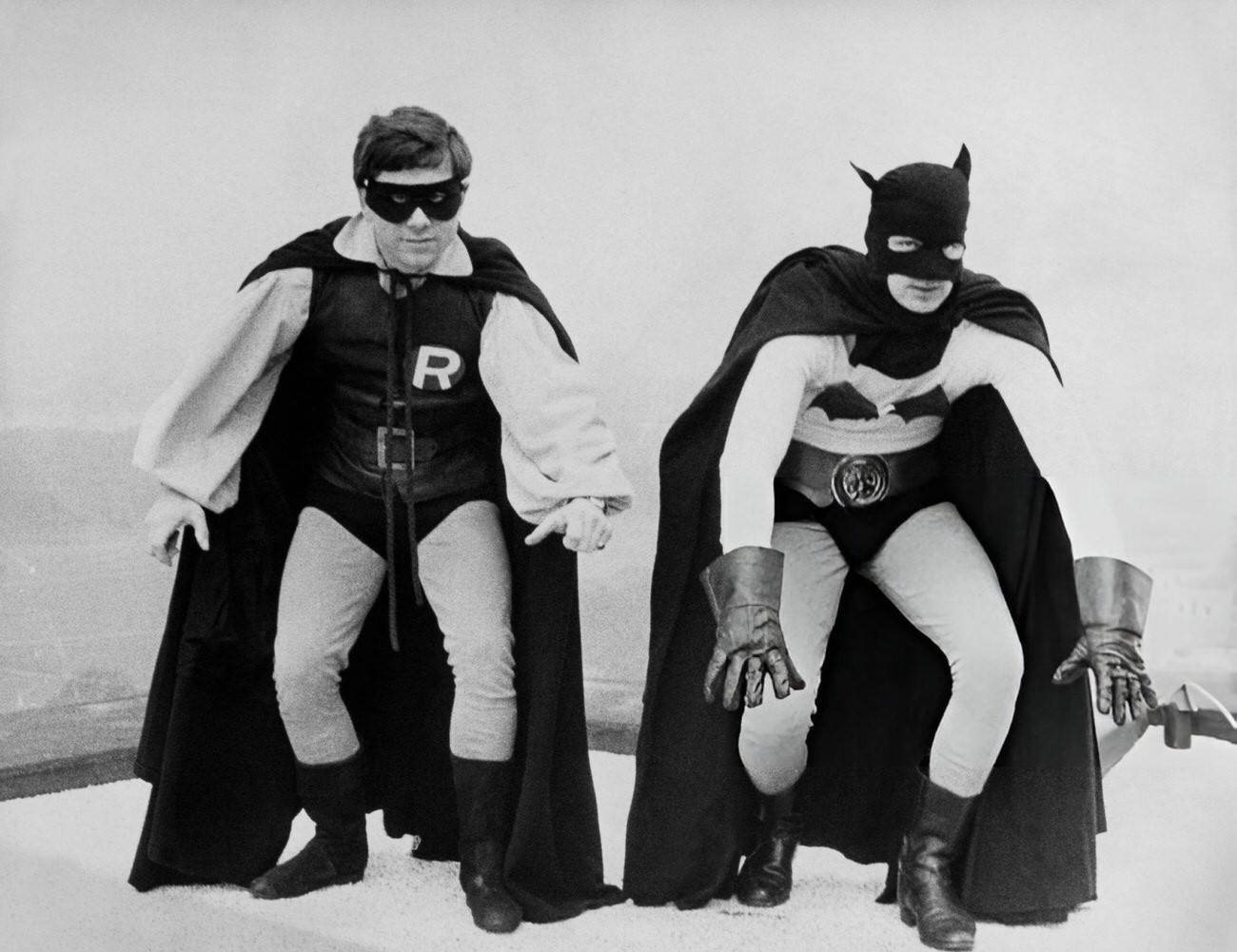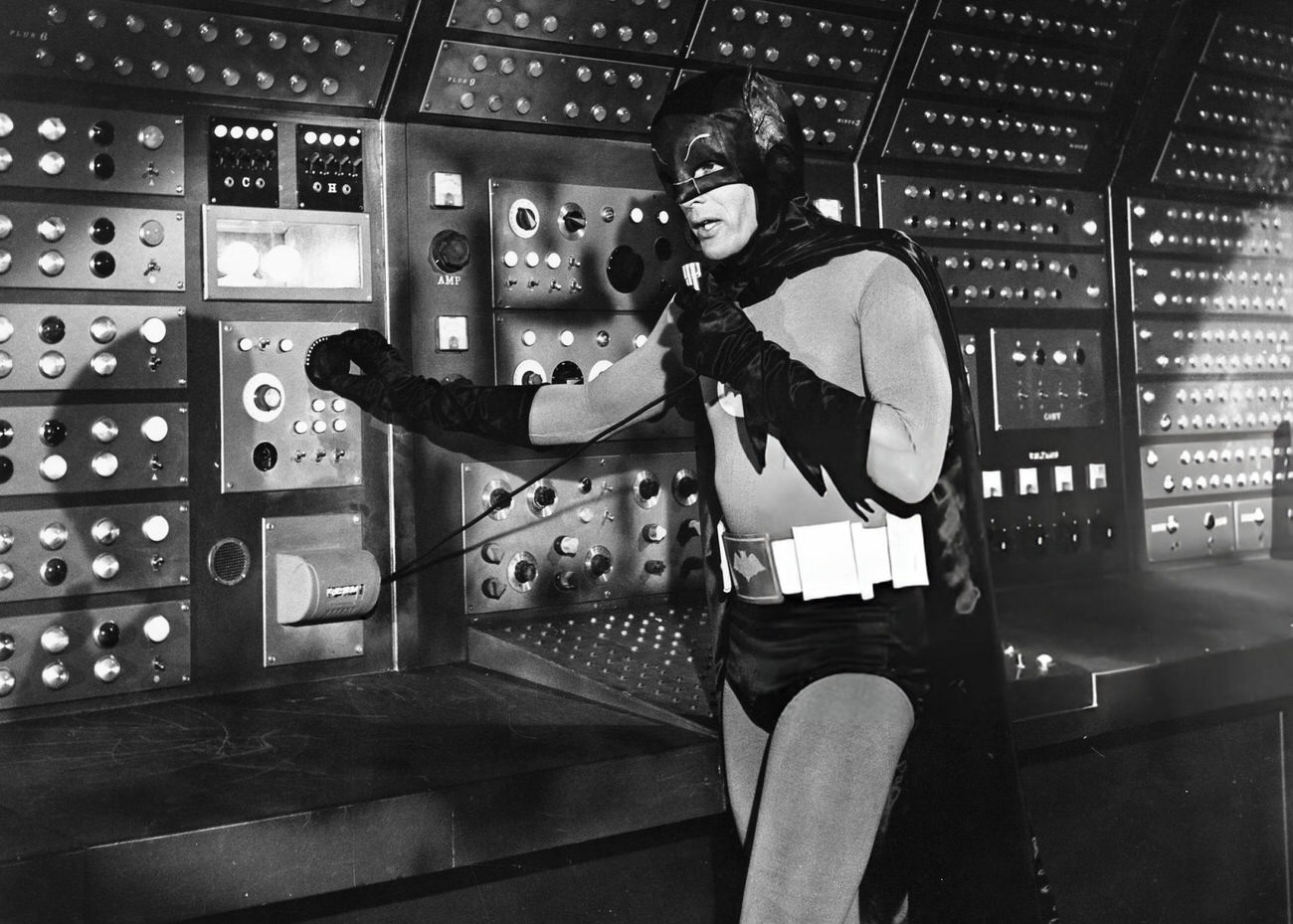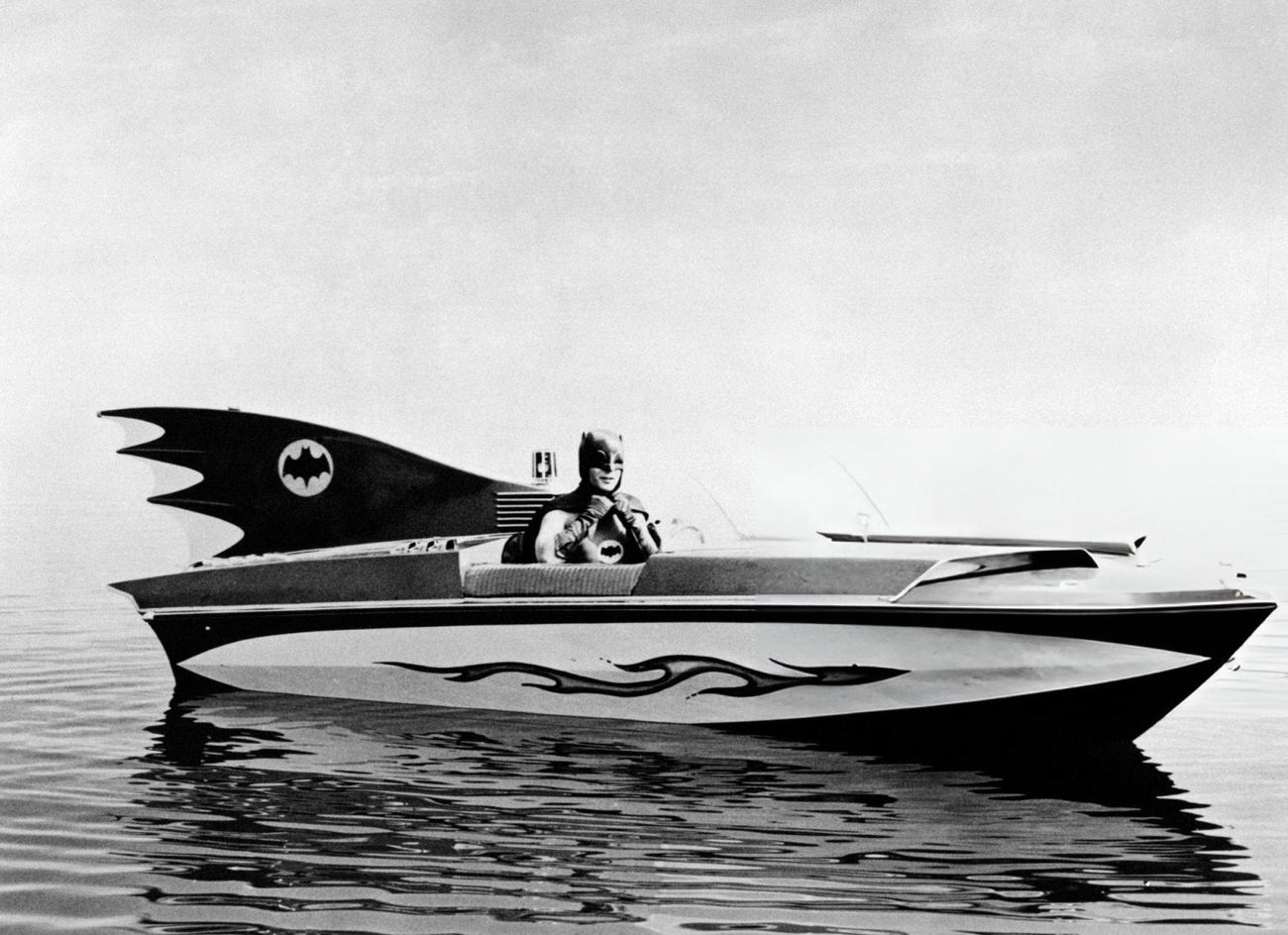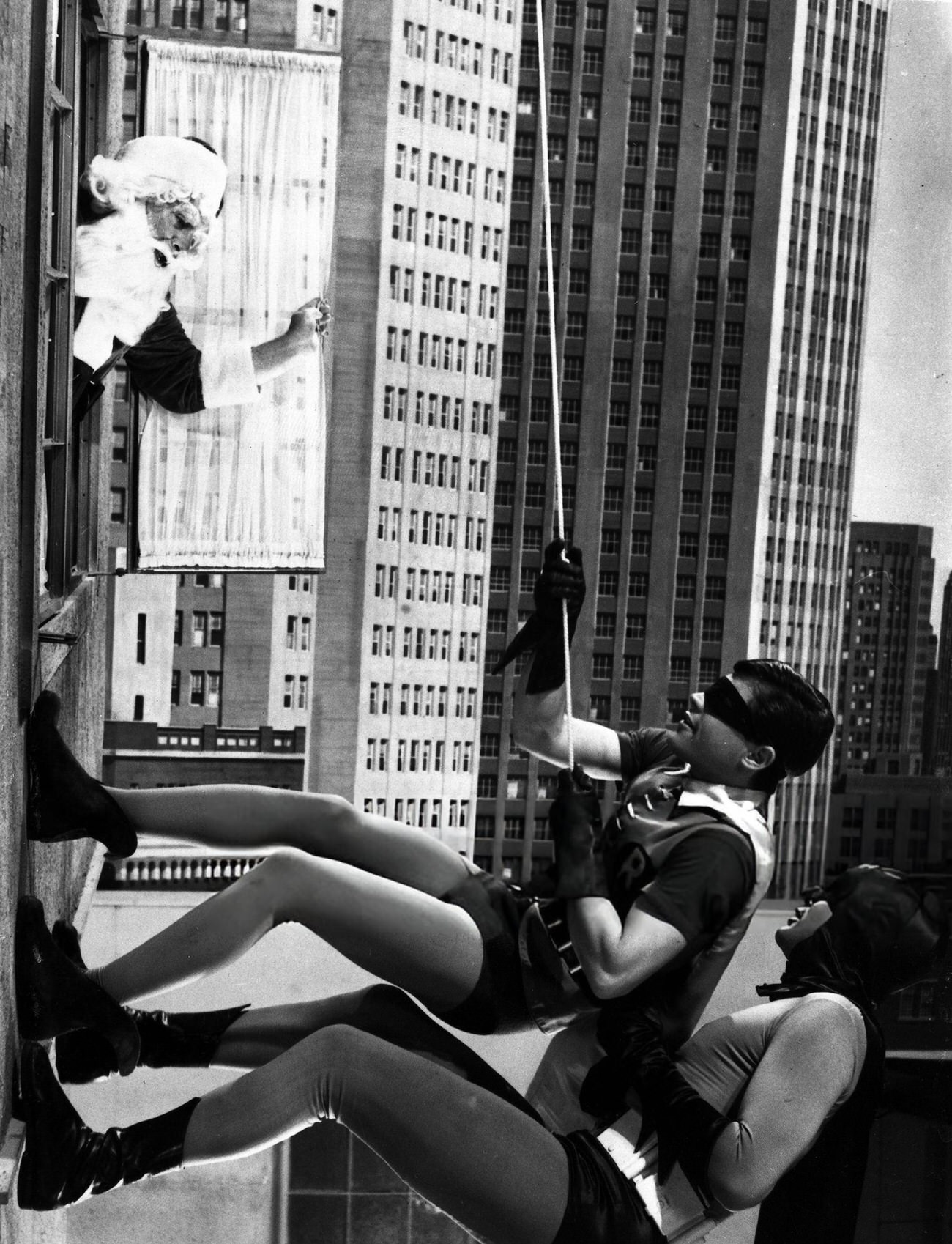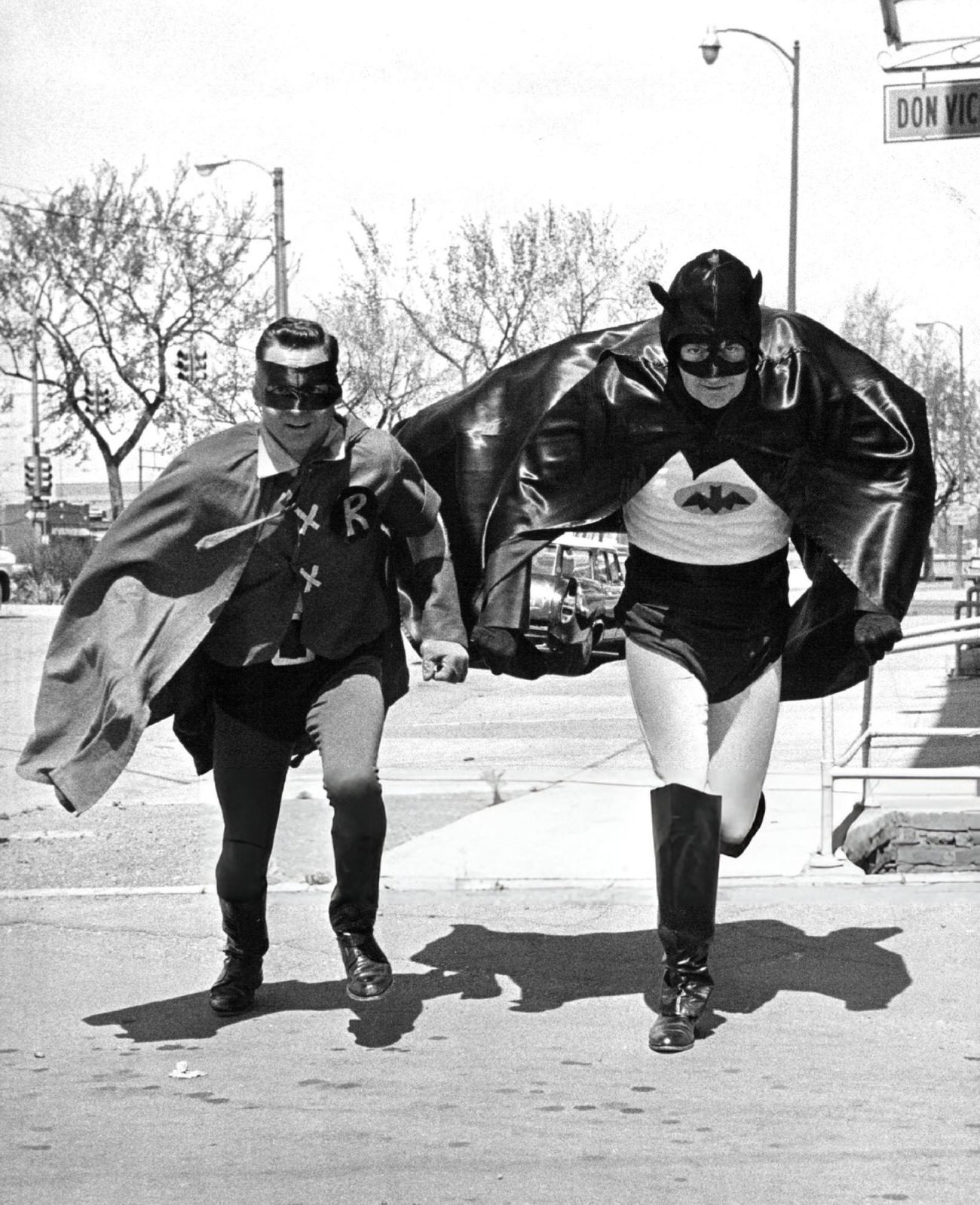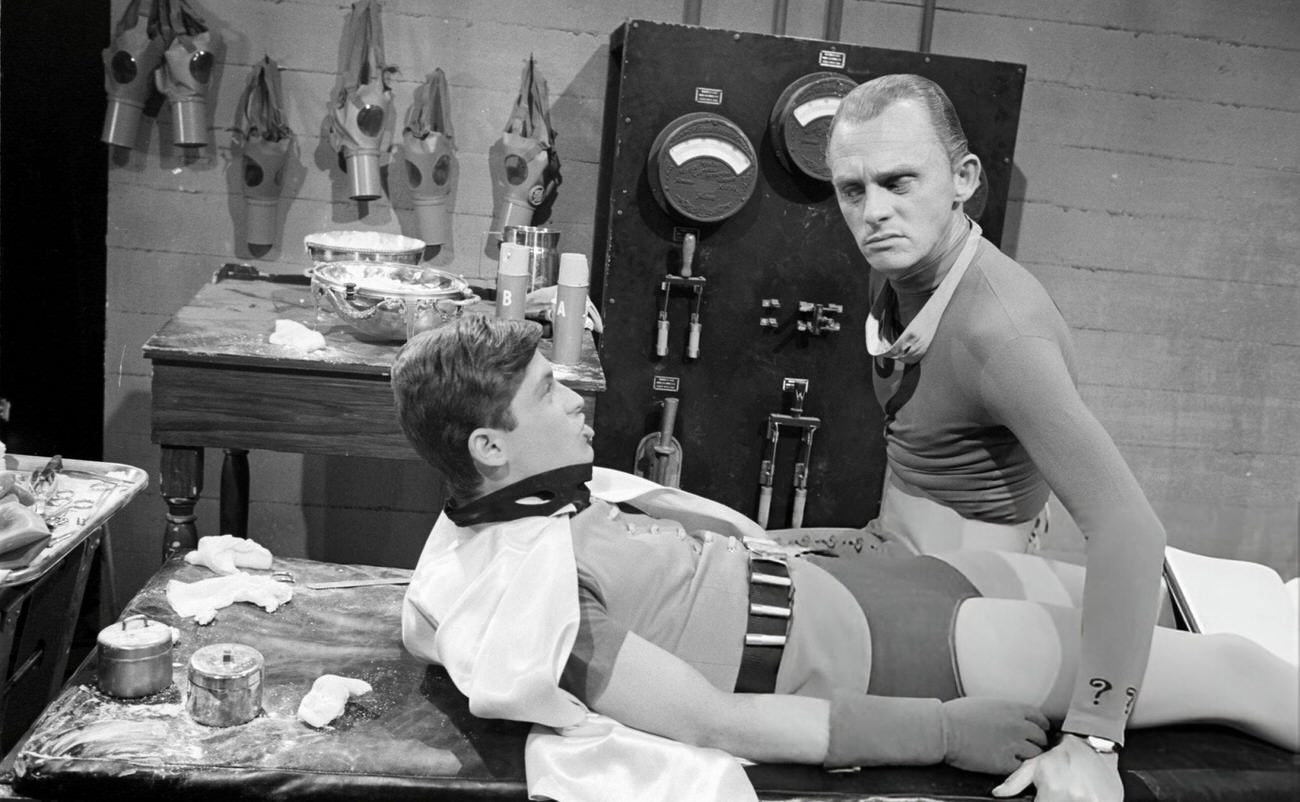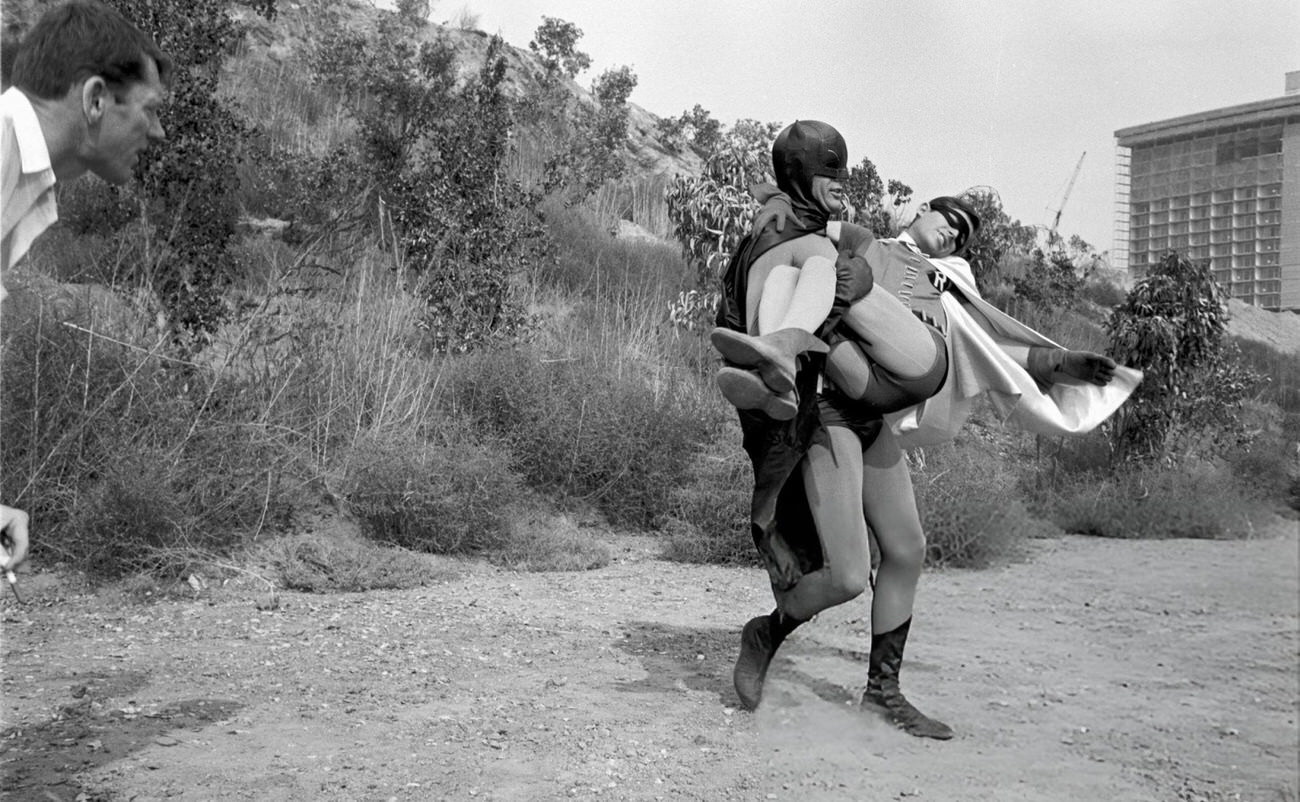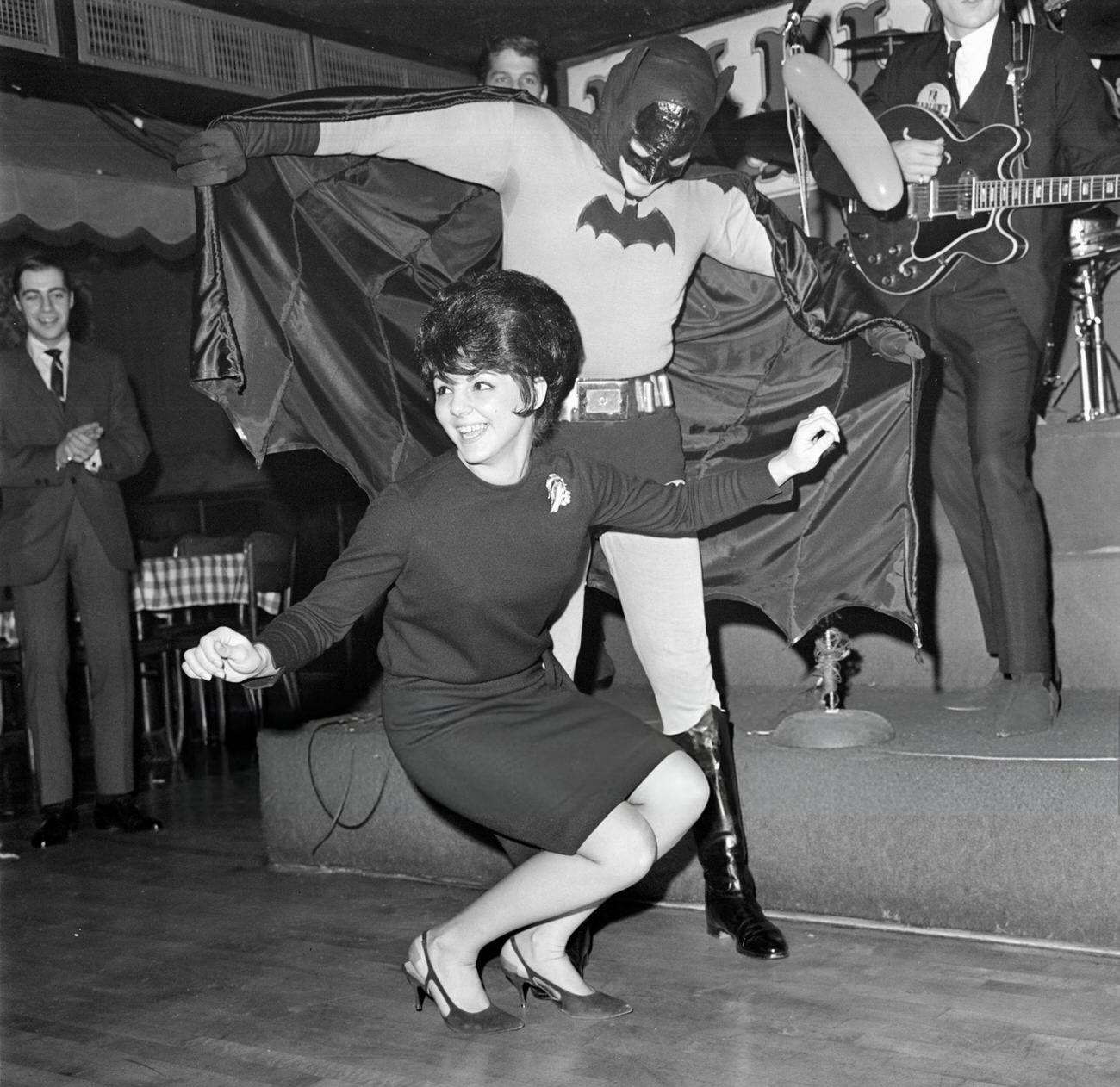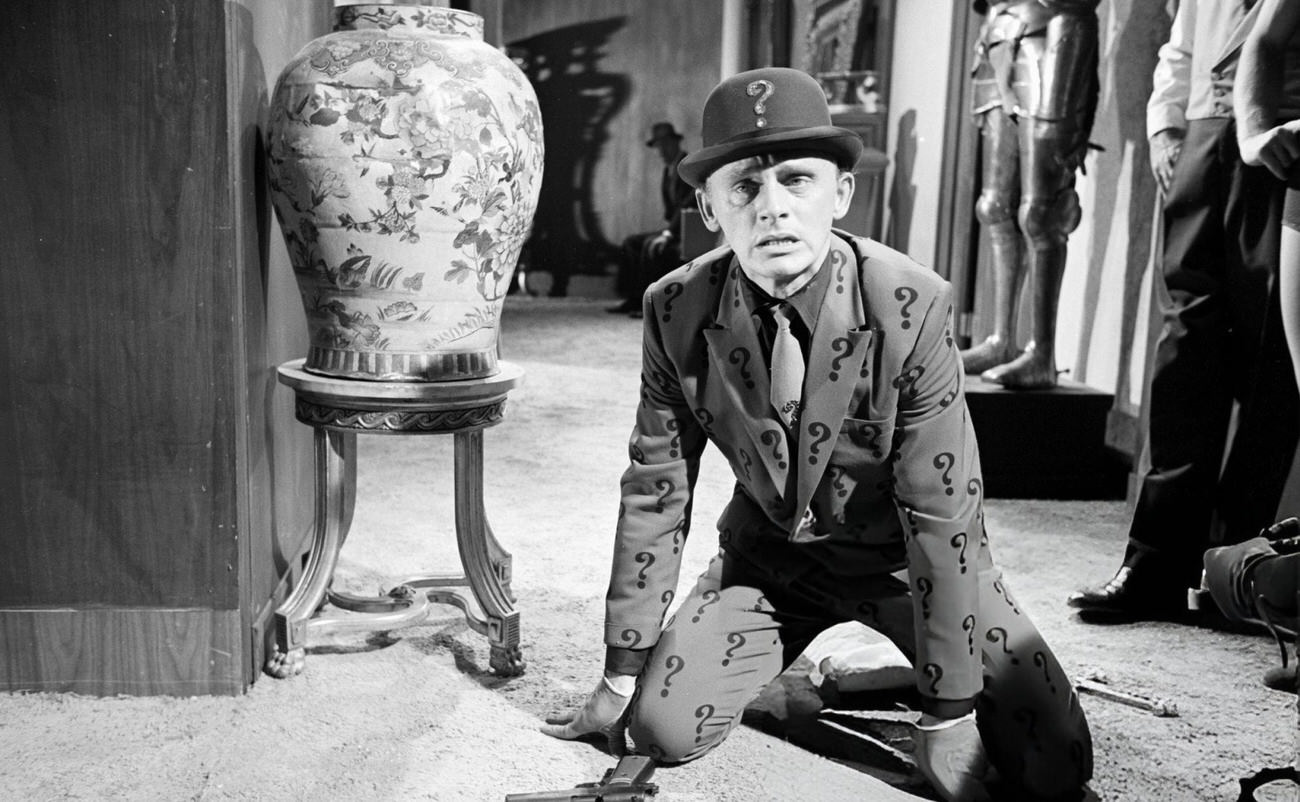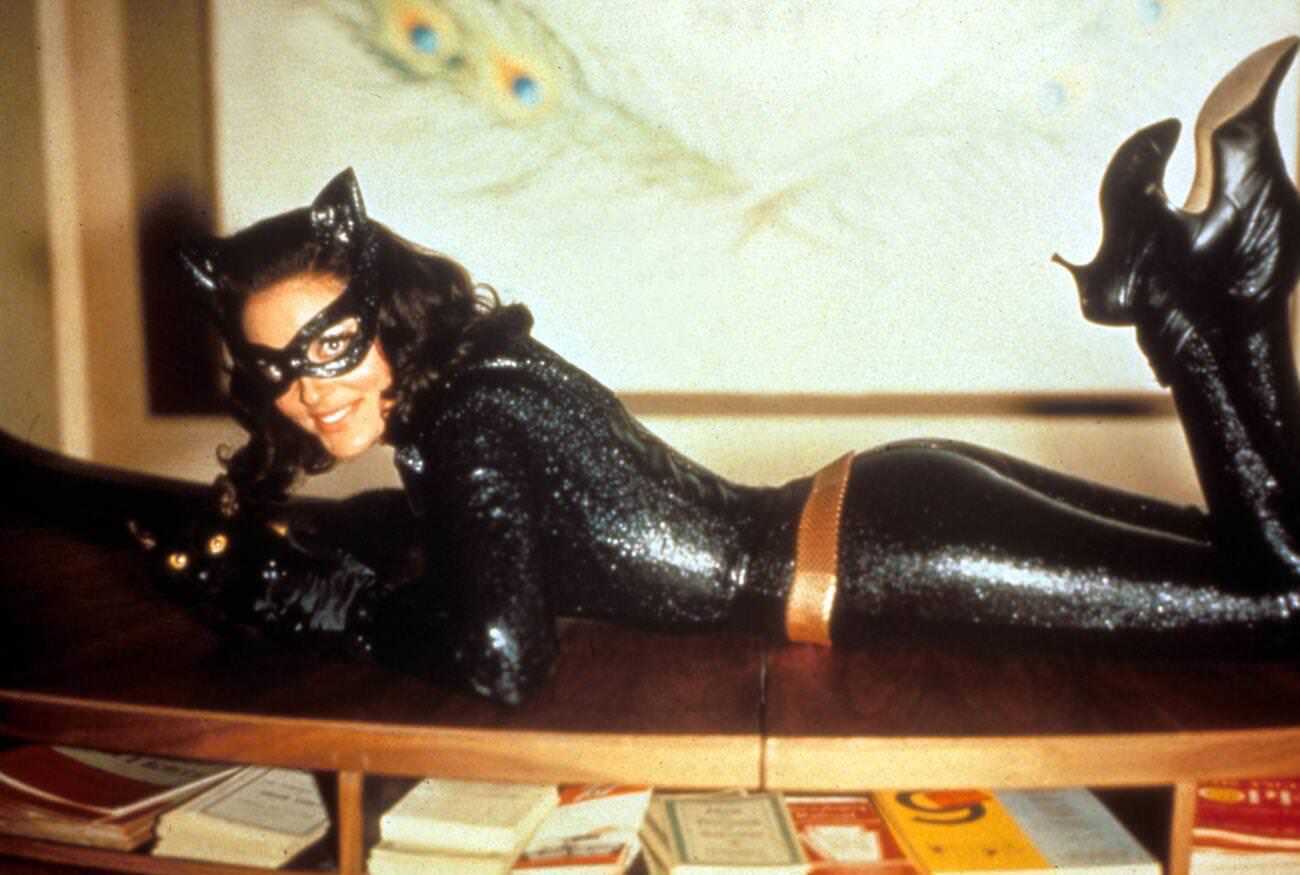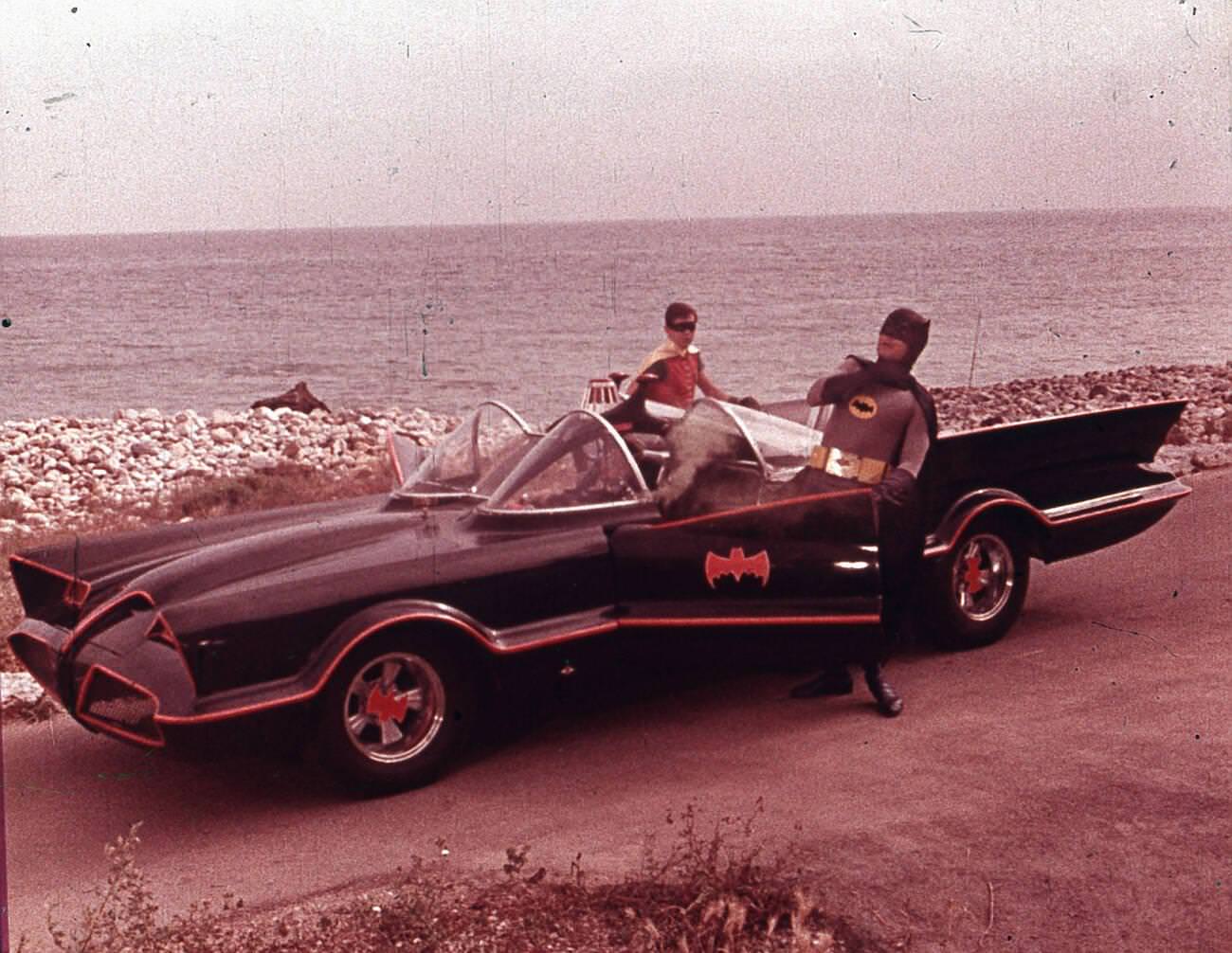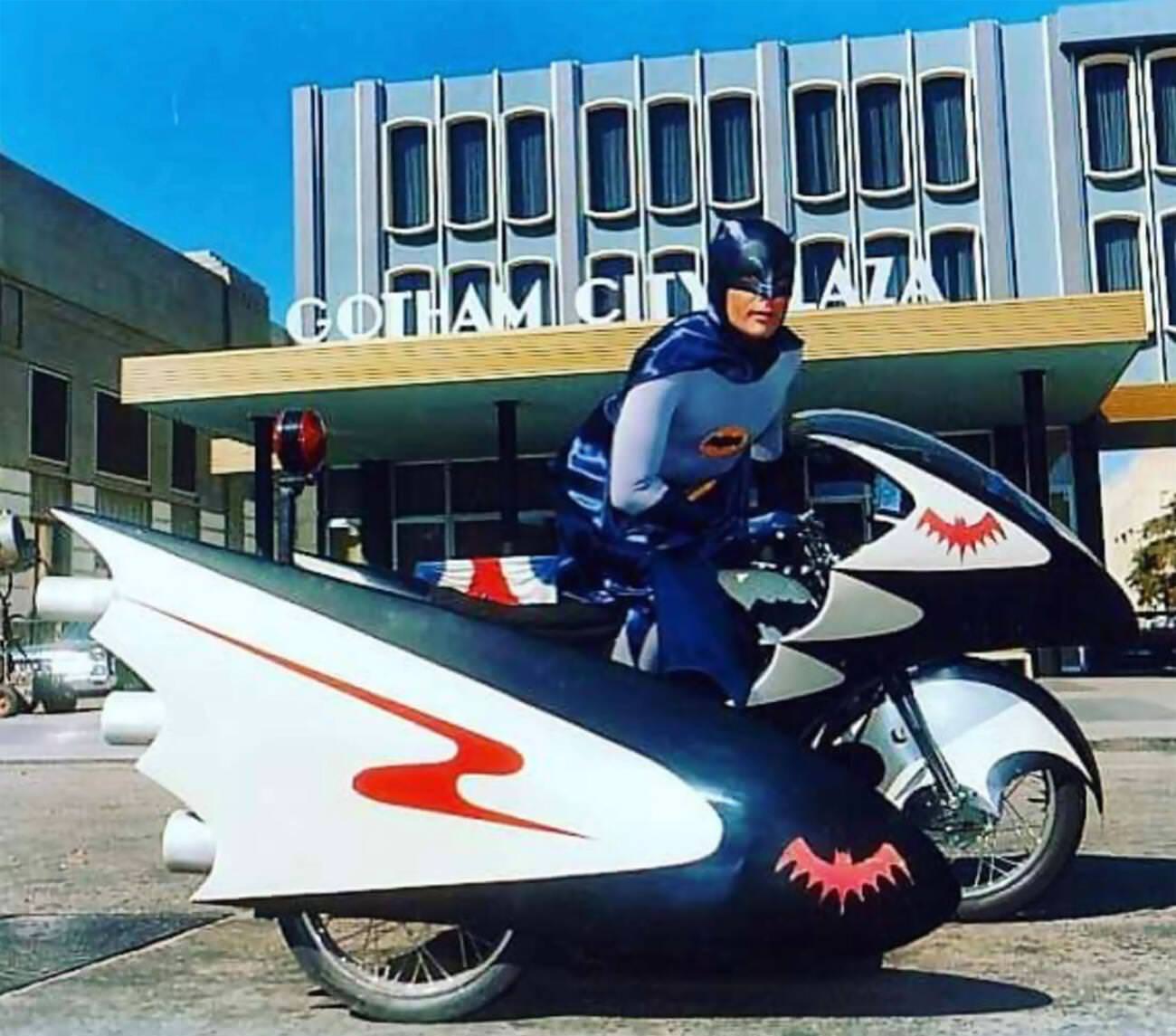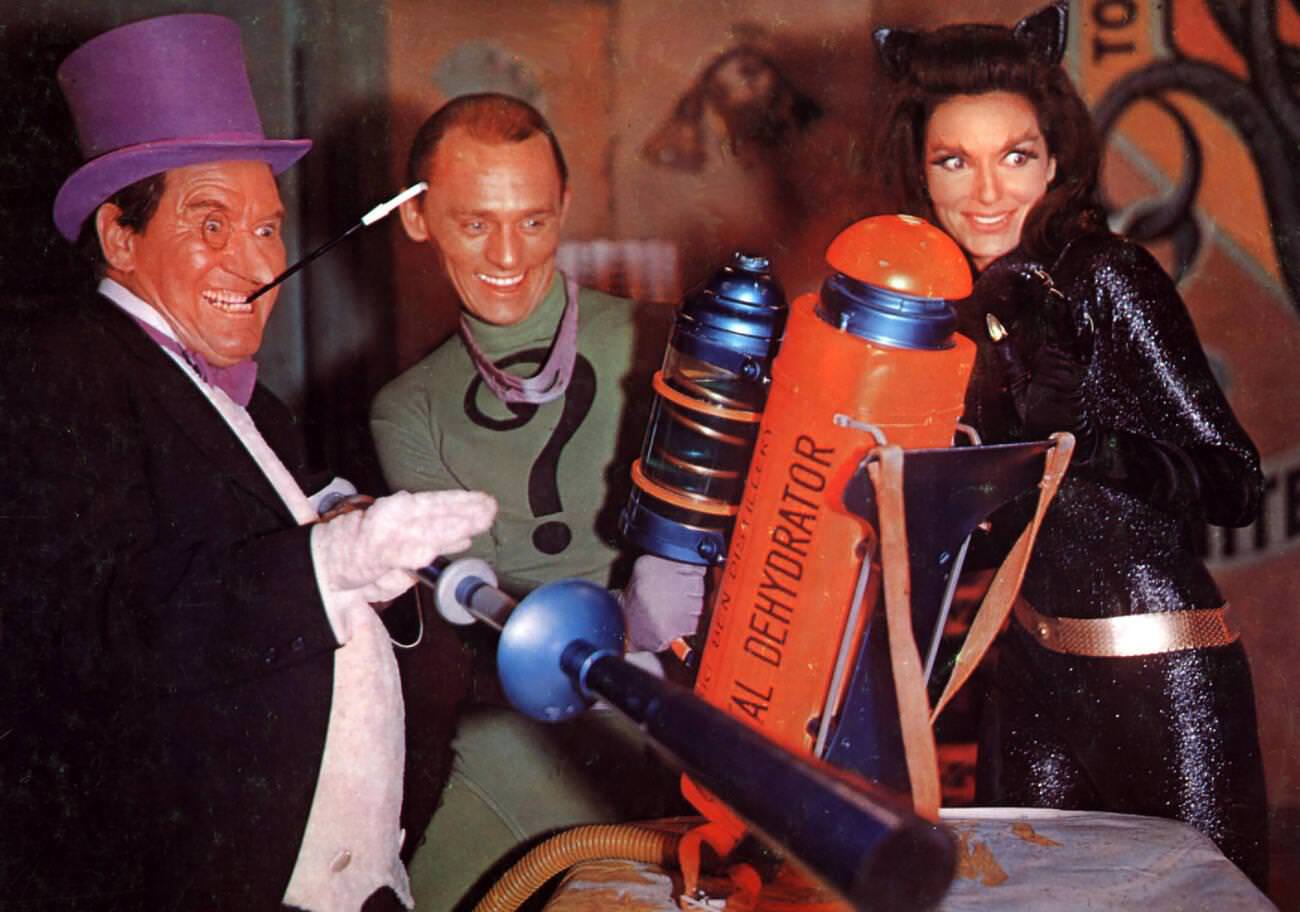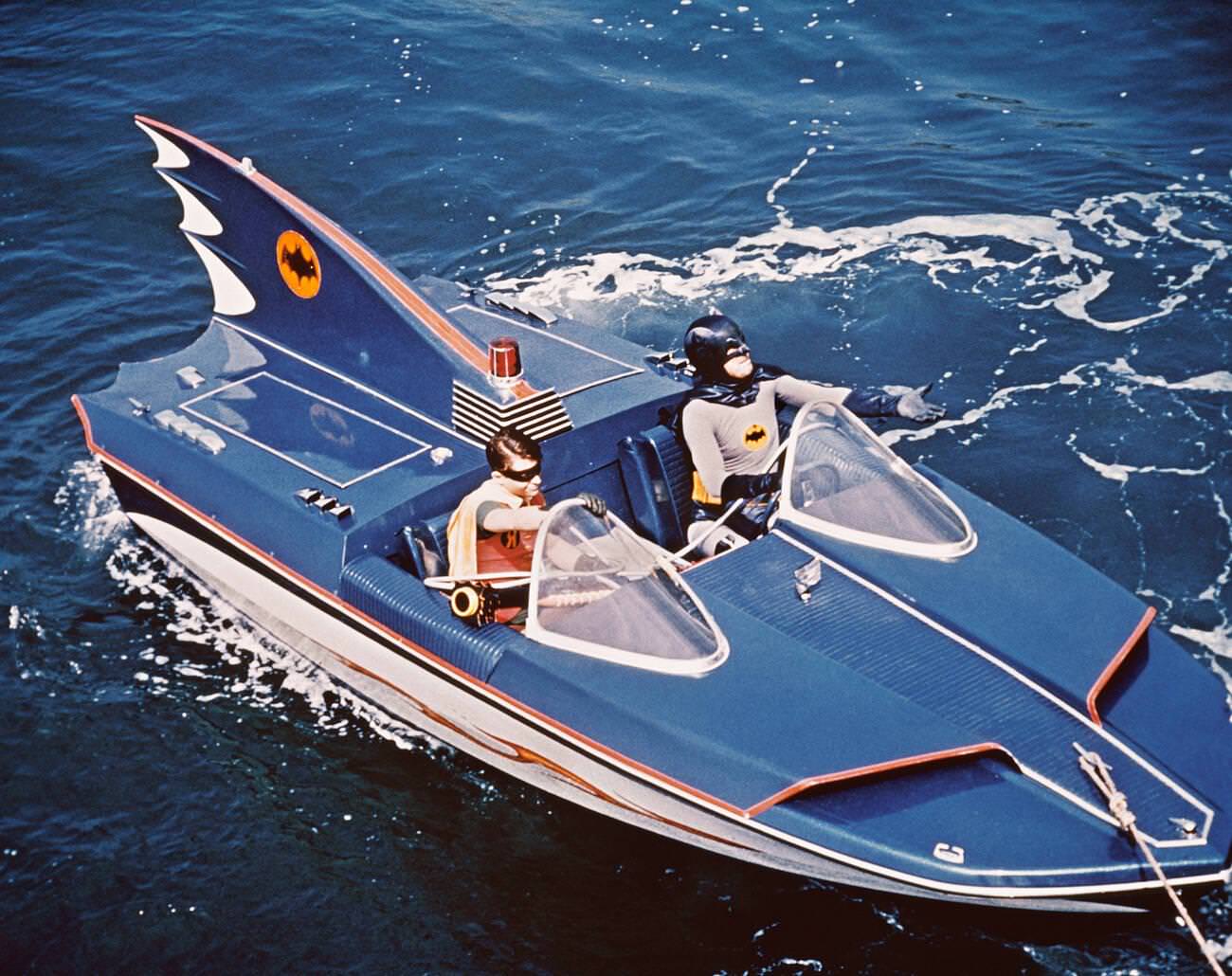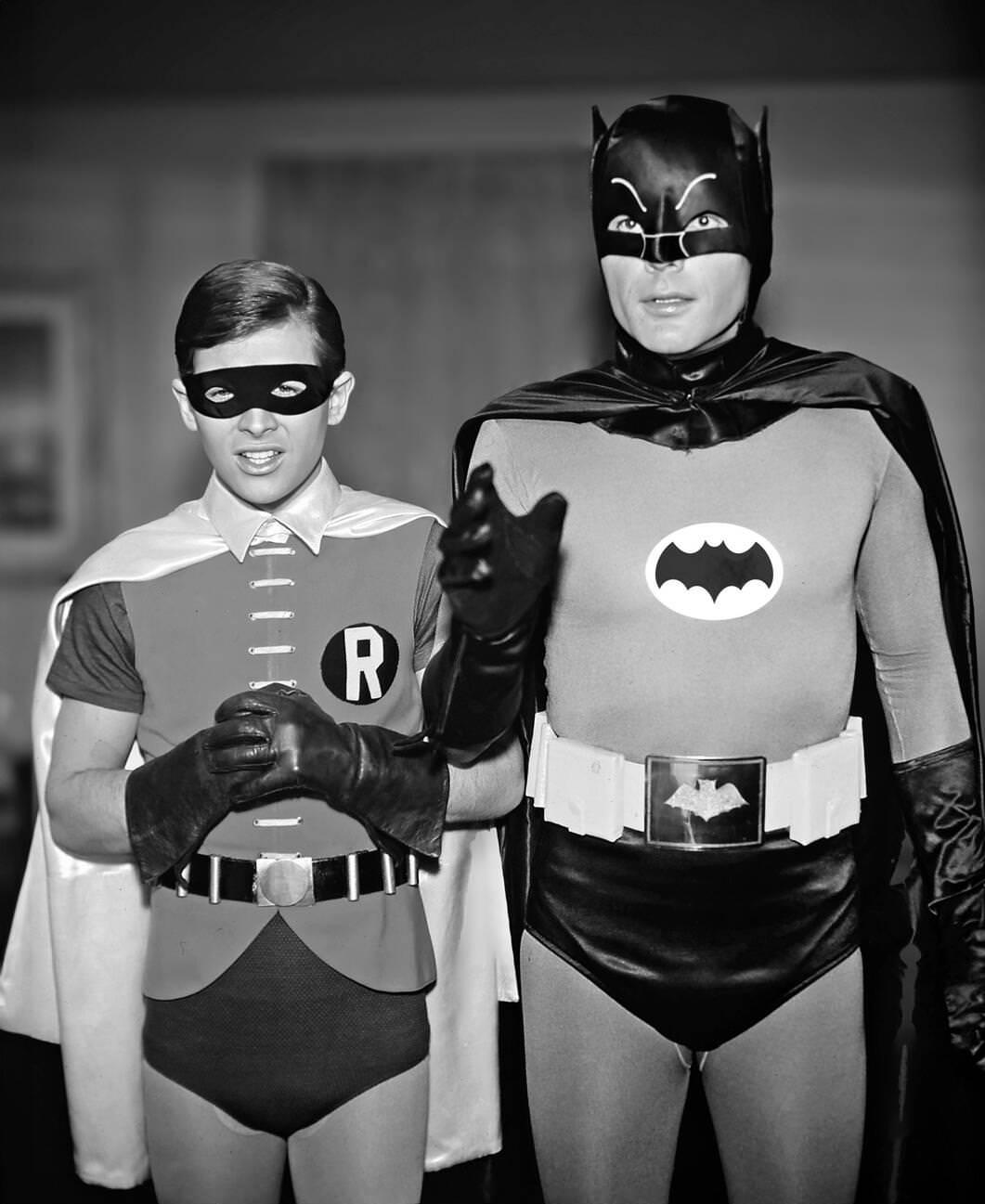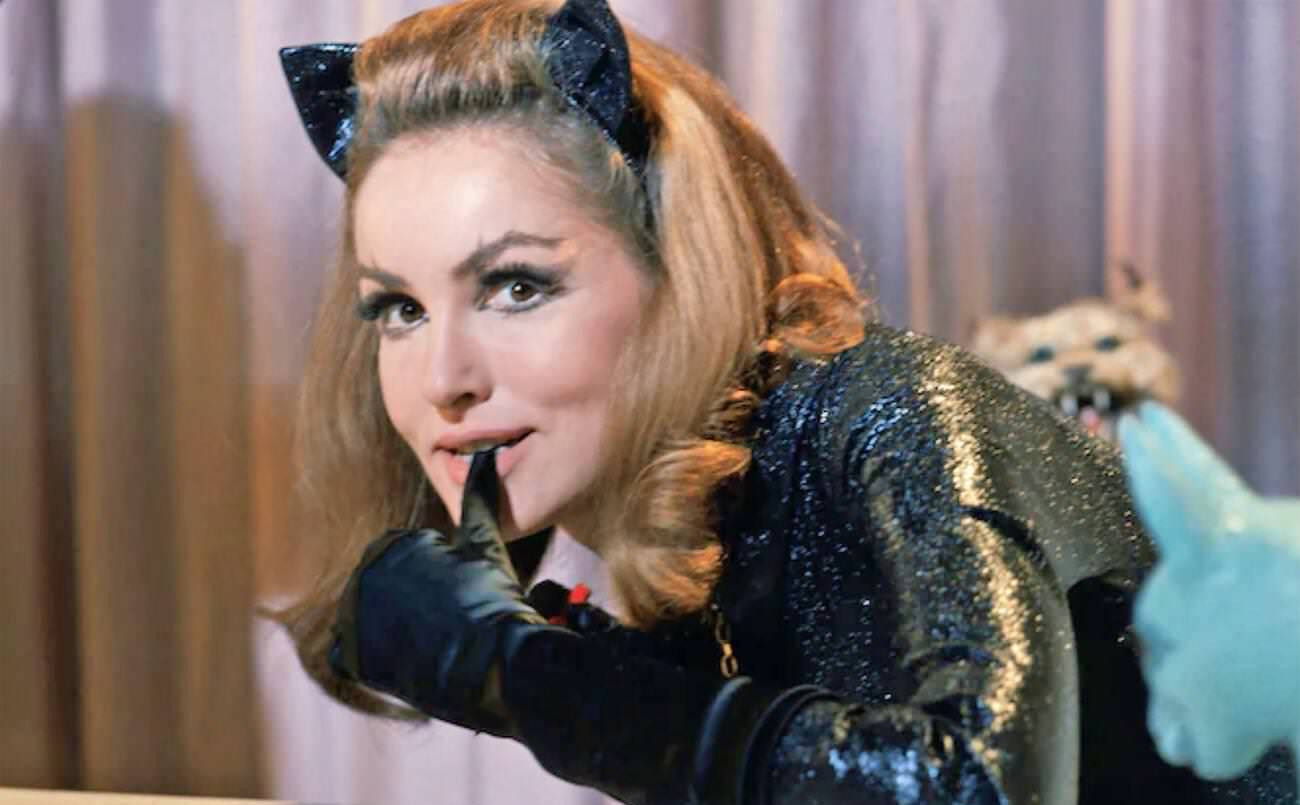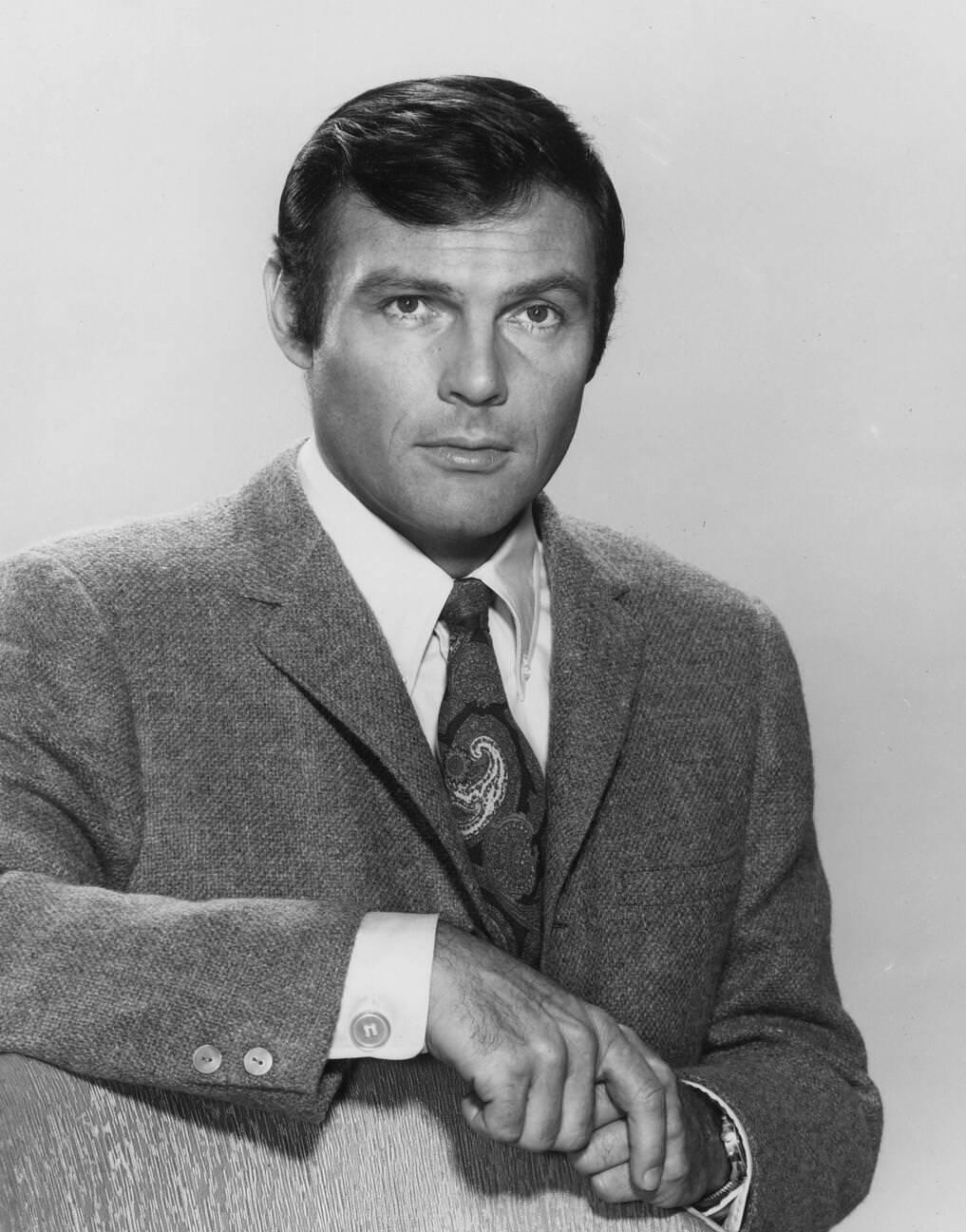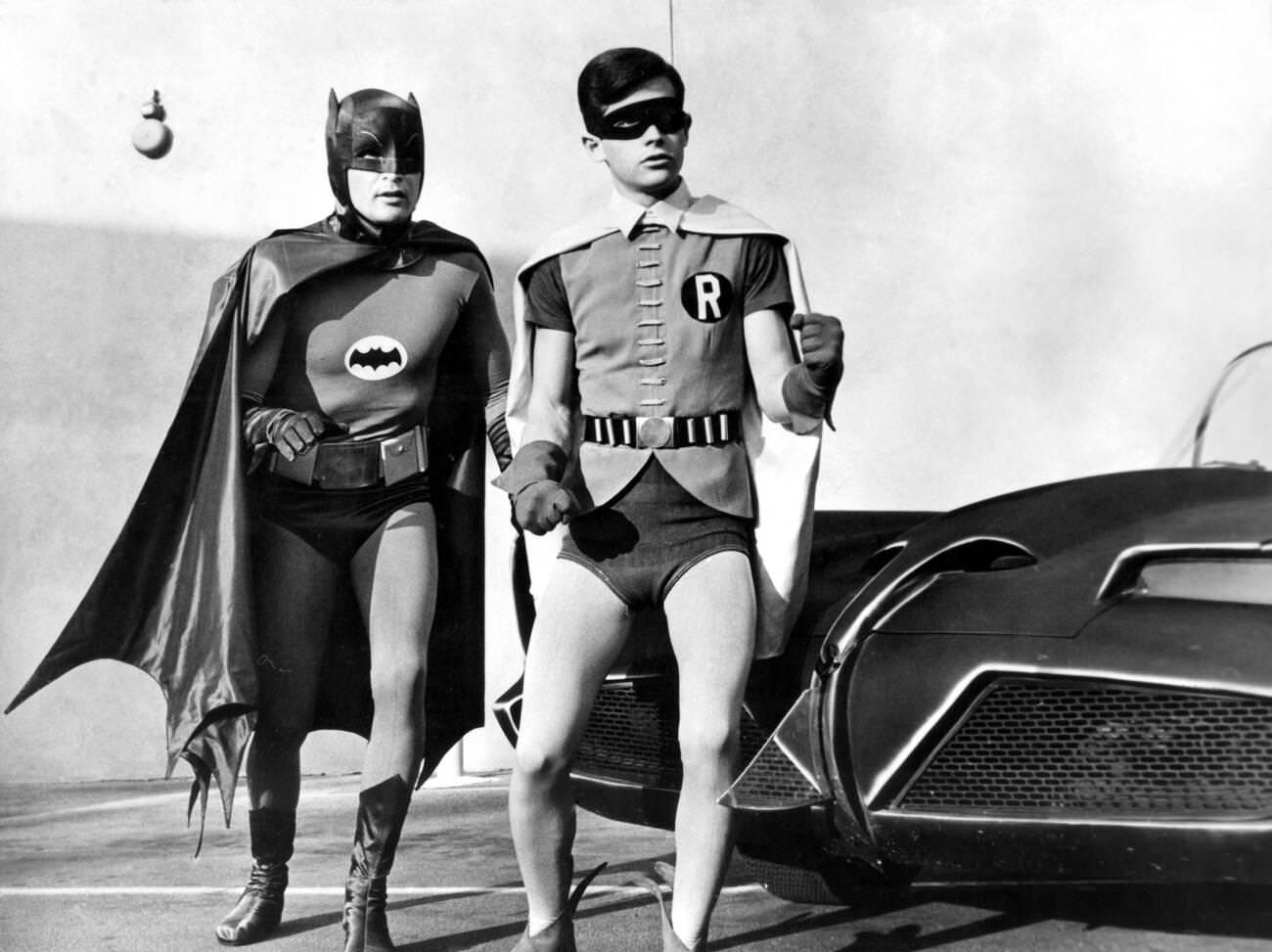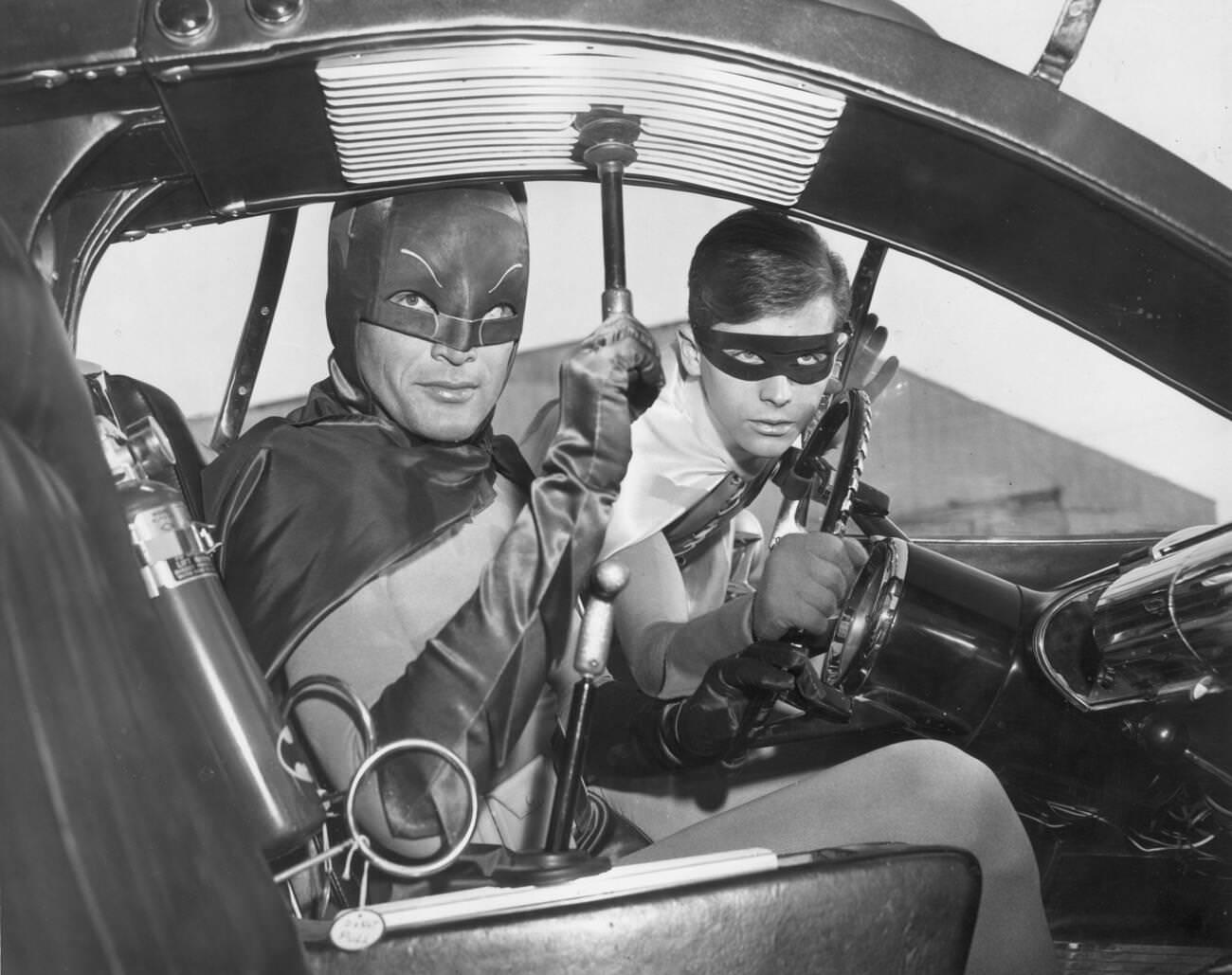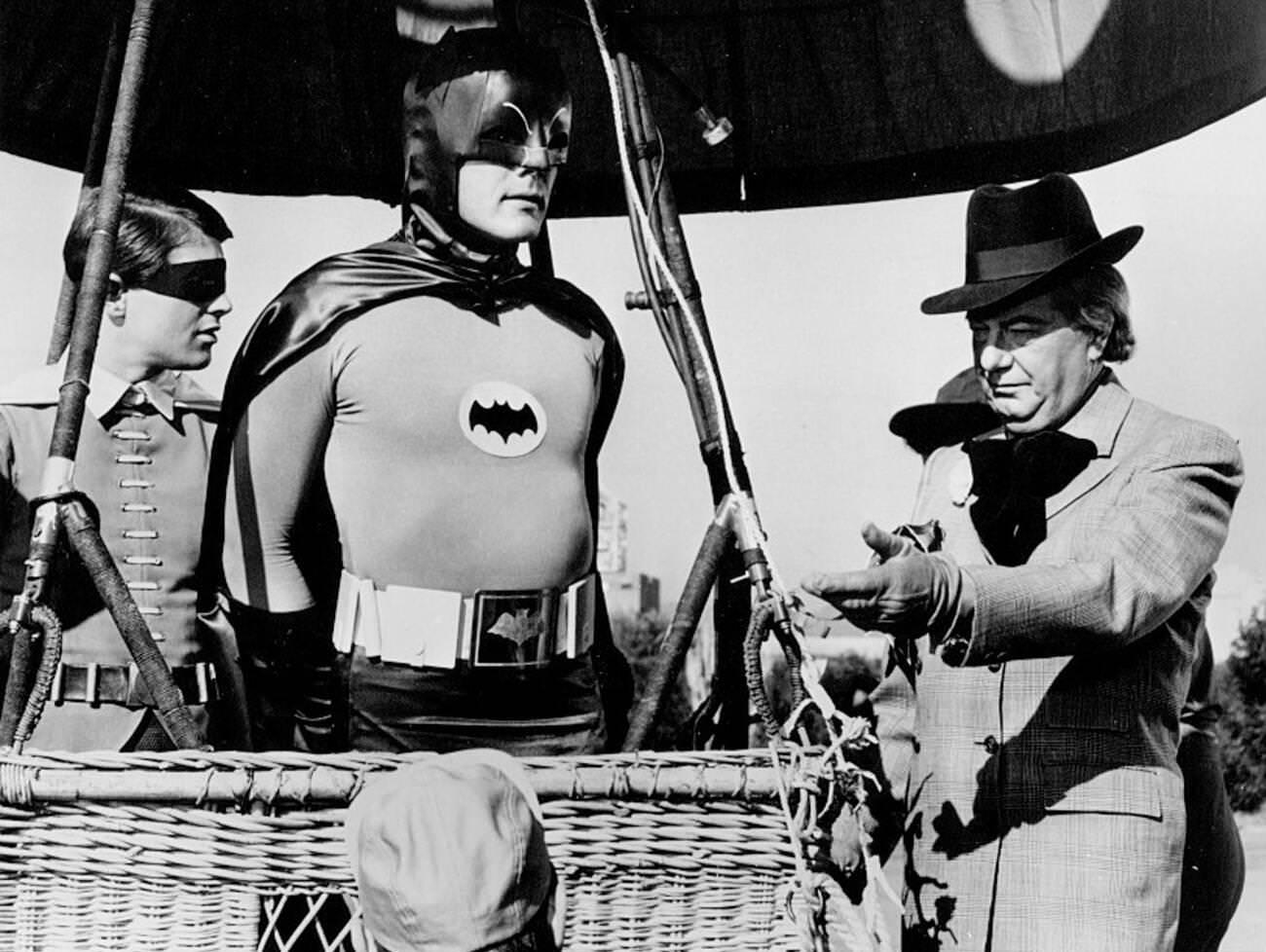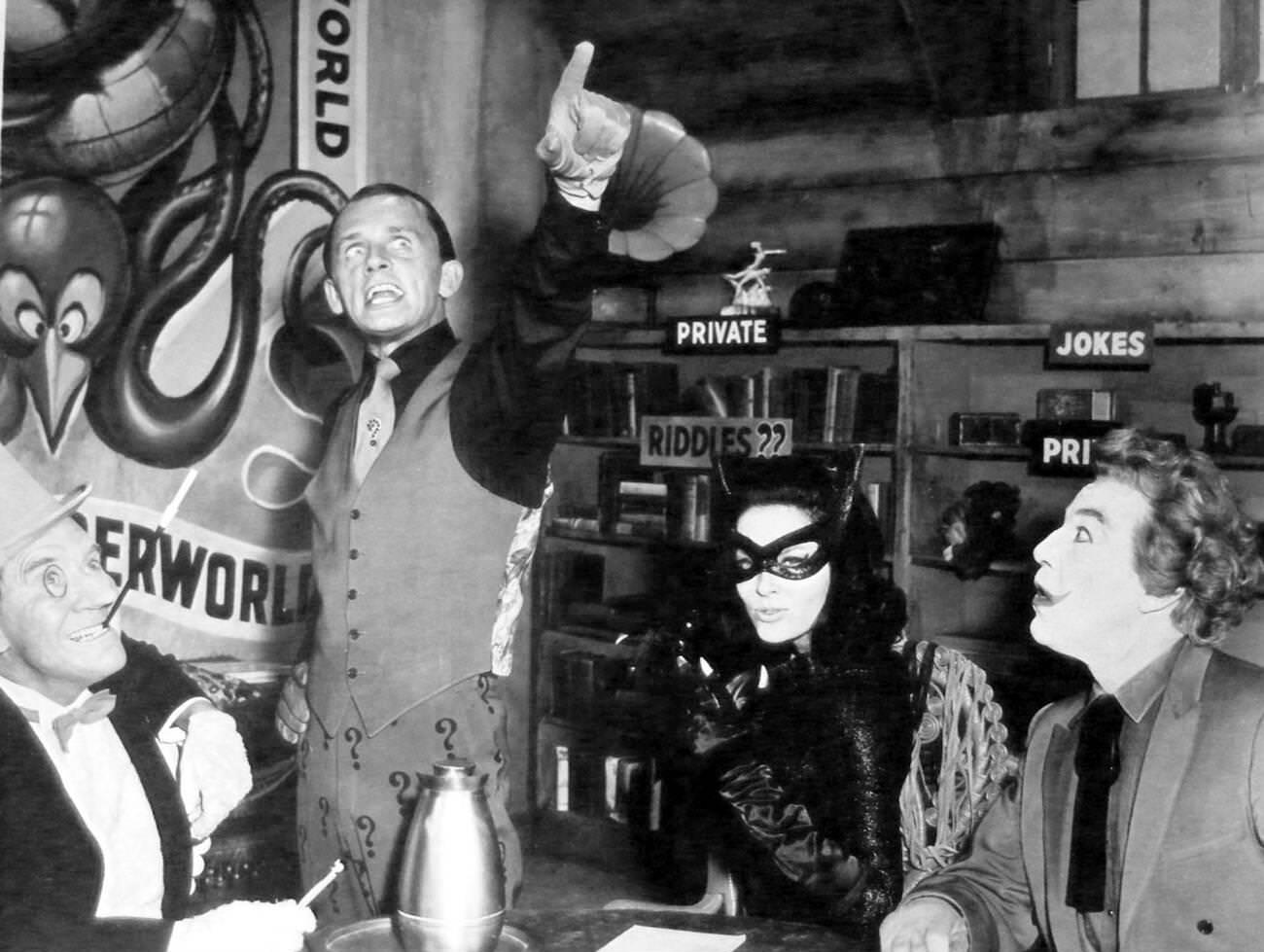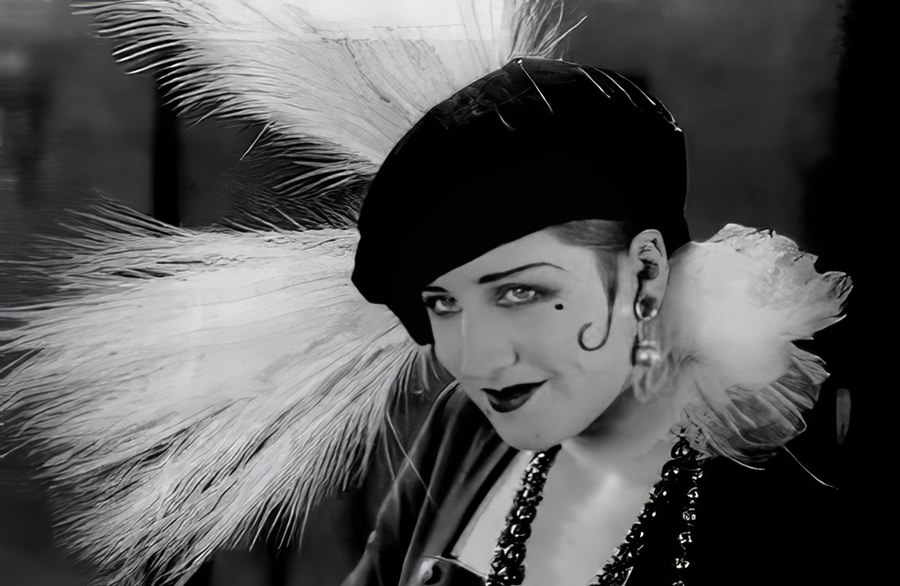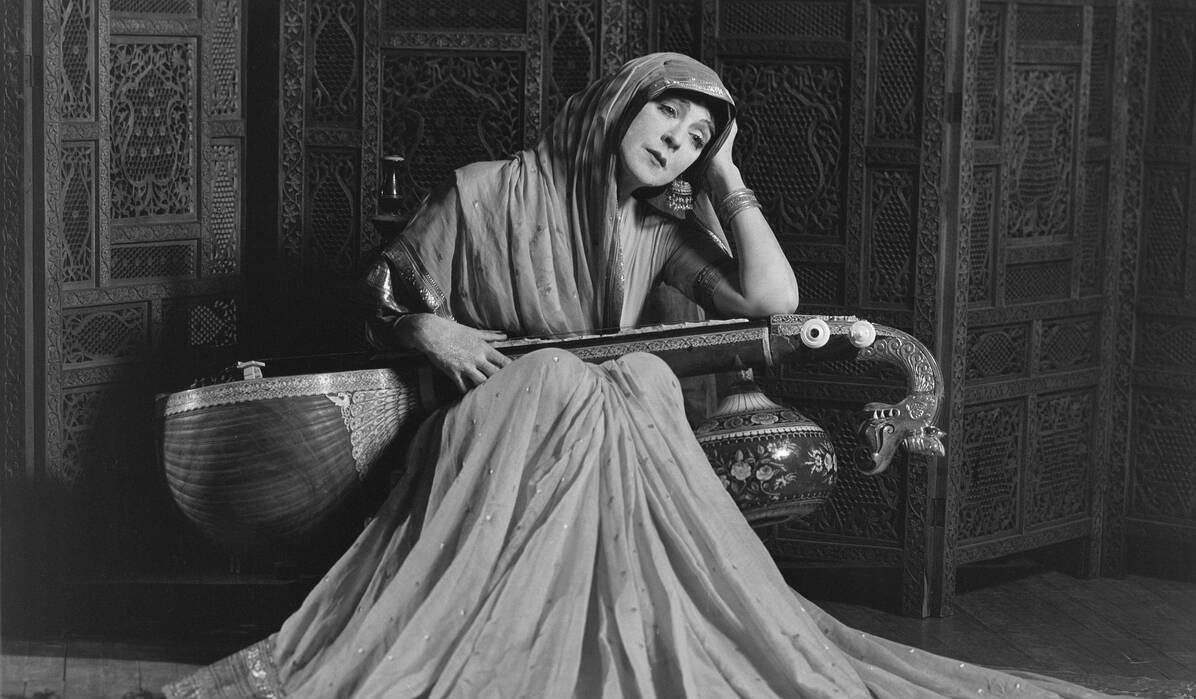In the mid-1960s, American television was filled with cop shows, variety programs, and family sitcoms. But one show came along that was unlike anything else on TV—Batman. This colorful, campy, and action-packed series became a cultural phenomenon, but creating it wasn’t as easy as it might have seemed from the outside. The making of the 1966 Batman TV show was a unique process that involved creative risks, bold design choices, and a lot of collaboration.
The Idea Behind the Show
The idea to bring Batman to television came from an ABC executive named Yale Udoff. He noticed that comic book characters, particularly Batman, had potential for TV. At the time, comic books were seen as children’s entertainment, but Udoff recognized that they could attract a larger audience if handled properly. ABC, struggling with ratings, was willing to take a chance on something new.
To develop the show, ABC reached out to William Dozier, a producer known for his work in both film and television. Dozier wasn’t familiar with comic books, and after reading a few Batman issues, he found them too serious for what he had in mind. He wanted something more lighthearted, something that would poke a little fun at itself. The idea was to create a show that could appeal to both kids and adults, but in different ways. Kids would love the action, while adults could enjoy the humor and satire.
Read more
Developing the Style
One of the biggest challenges was deciding how the show should look. At the time, most TV shows were still filmed in black-and-white. But Batman was different. It was one of the first shows to fully embrace color television, which had only become widespread in the mid-1960s. The producers realized that if they were going to make a show about a comic book character, it should look like a comic book too.
The decision was made to use bright, bold colors, and exaggerated sets. The show’s production designer, Serge Krizman, created a world that looked like it had leaped right off the pages of a comic. From the Batcave with its oversized props to the villains’ lairs, everything was designed to feel larger-than-life. The use of tilted camera angles (called “Dutch angles”) during fight scenes added to the feeling of being inside a comic book.
Casting Batman and Robin
Casting the lead roles was another key part of the process. The show’s success would depend on finding the right actors to play Batman and his sidekick, Robin. For Batman, the producers chose Adam West, who had mainly worked in commercials and small TV roles. West had the perfect combination of good looks, charm, and a deadpan sense of humor that fit Dozier’s vision for the character.
For Robin, the producers cast Burt Ward, an unknown actor with no prior experience on television. Ward was young, energetic, and had the right level of enthusiasm to play the “Boy Wonder.” The chemistry between West and Ward was crucial, and the two actors quickly developed a strong working relationship. Their playful banter and teamwork became one of the show’s key features.
Writing the Episodes
The writing team faced a unique challenge. They needed to balance the show’s campy tone with the action and adventure elements expected in a superhero story. Lorenzo Semple Jr., who had worked with William Dozier on other projects, became the head writer for Batman. Semple established the tone for the series in the very first episode, making it clear that the show was meant to be playful.
Each episode was written as a two-parter, with the first part ending in a cliffhanger. This format kept audiences coming back week after week to see how Batman and Robin would escape from whatever dangerous trap they had fallen into. The writers made sure that these cliffhangers were as over-the-top as possible, with Batman and Robin often facing absurd, life-threatening situations.
The dialogue was deliberately exaggerated. Batman’s serious delivery of lines like “To the Batcave!” became part of the show’s charm. The villains, too, had their own style of speaking, often using puns and jokes that added to the campy feel of the show.
The Iconic Villains
No superhero show is complete without villains, and Batman had some of the most memorable ones in TV history. The producers decided to tap into the deep pool of Batman comic book villains, but they also included some original creations for the show.
Cesar Romero was cast as the Joker, and he brought a manic energy to the role. Interestingly, Romero refused to shave his signature mustache for the part, so the makeup team simply applied white face paint over it, which became part of the character’s look.
Burgess Meredith played the Penguin, delivering a performance full of squawks and sneers. Meredith’s portrayal was so distinctive that his version of the character became a permanent part of Batman lore.


